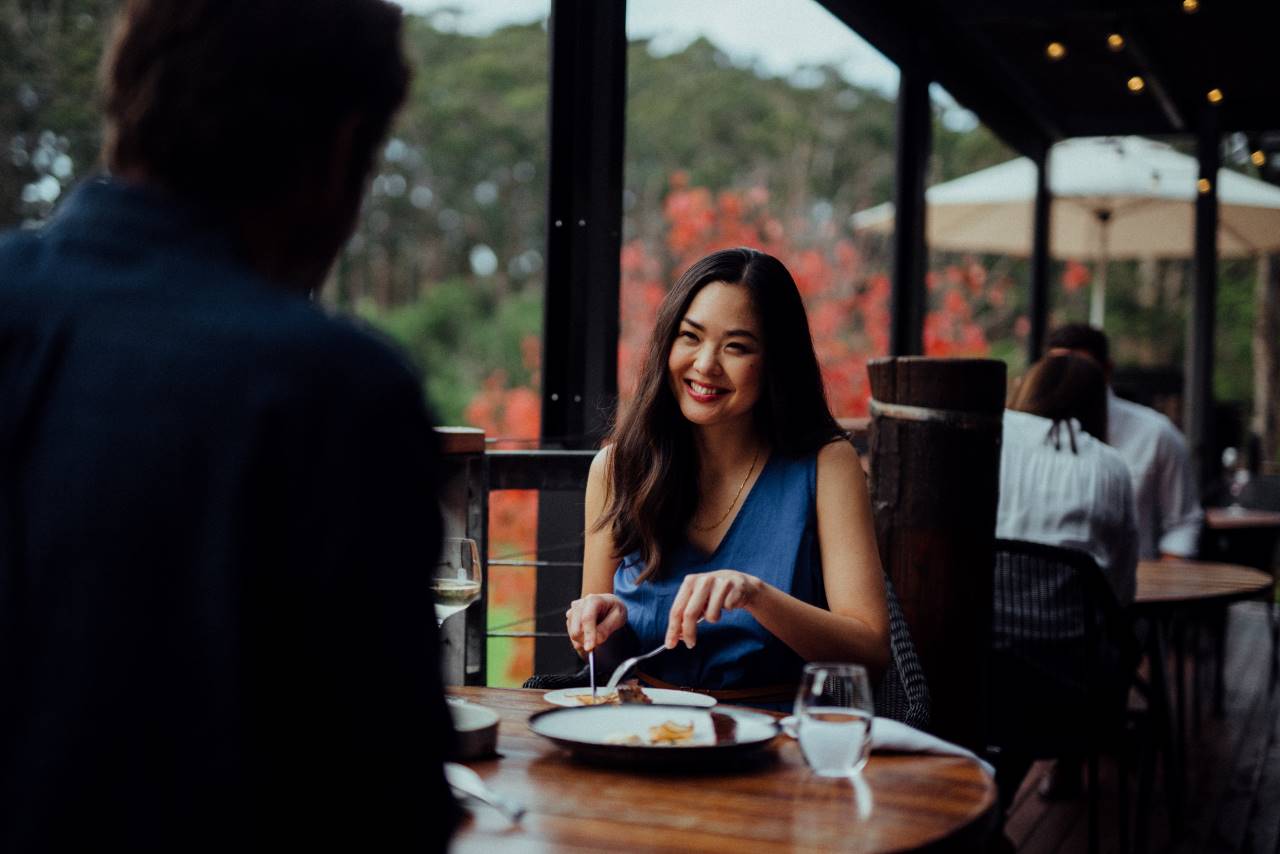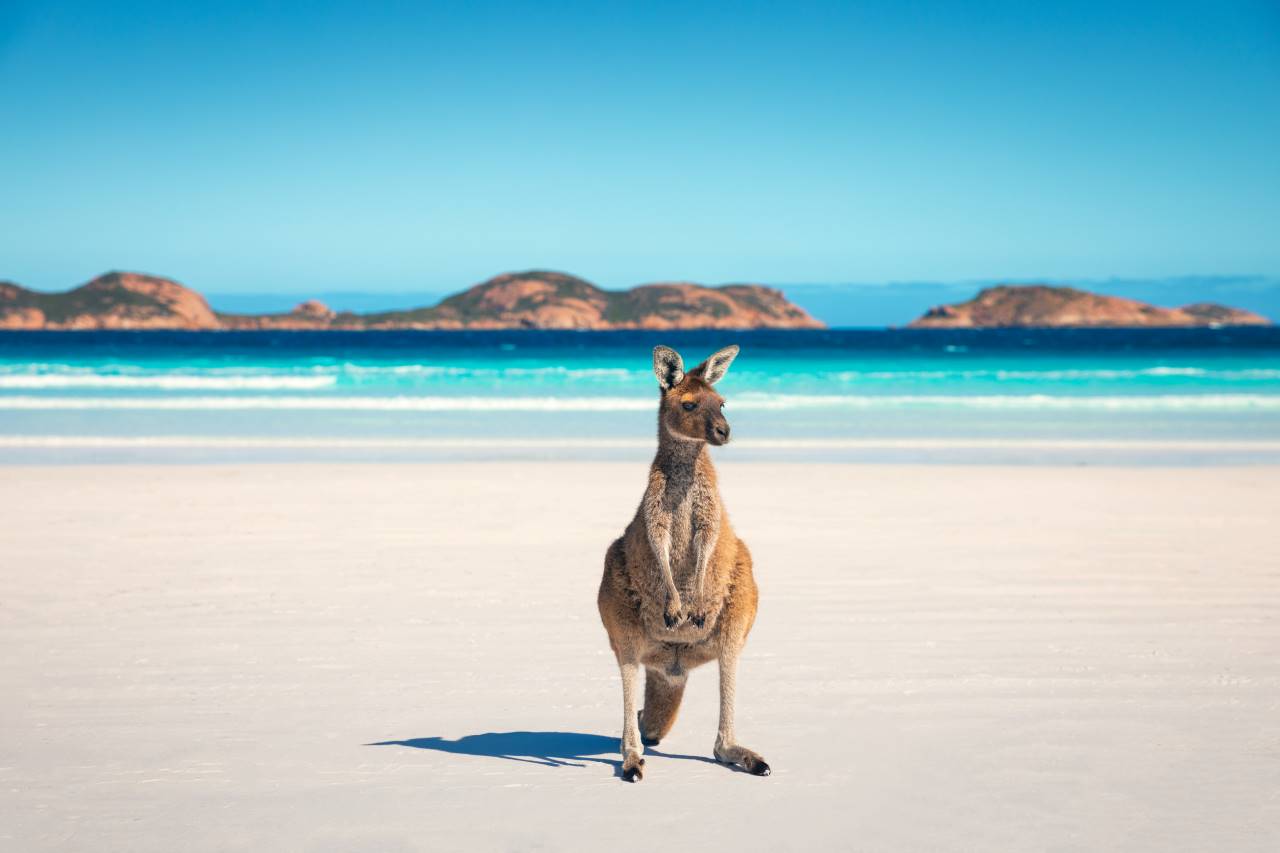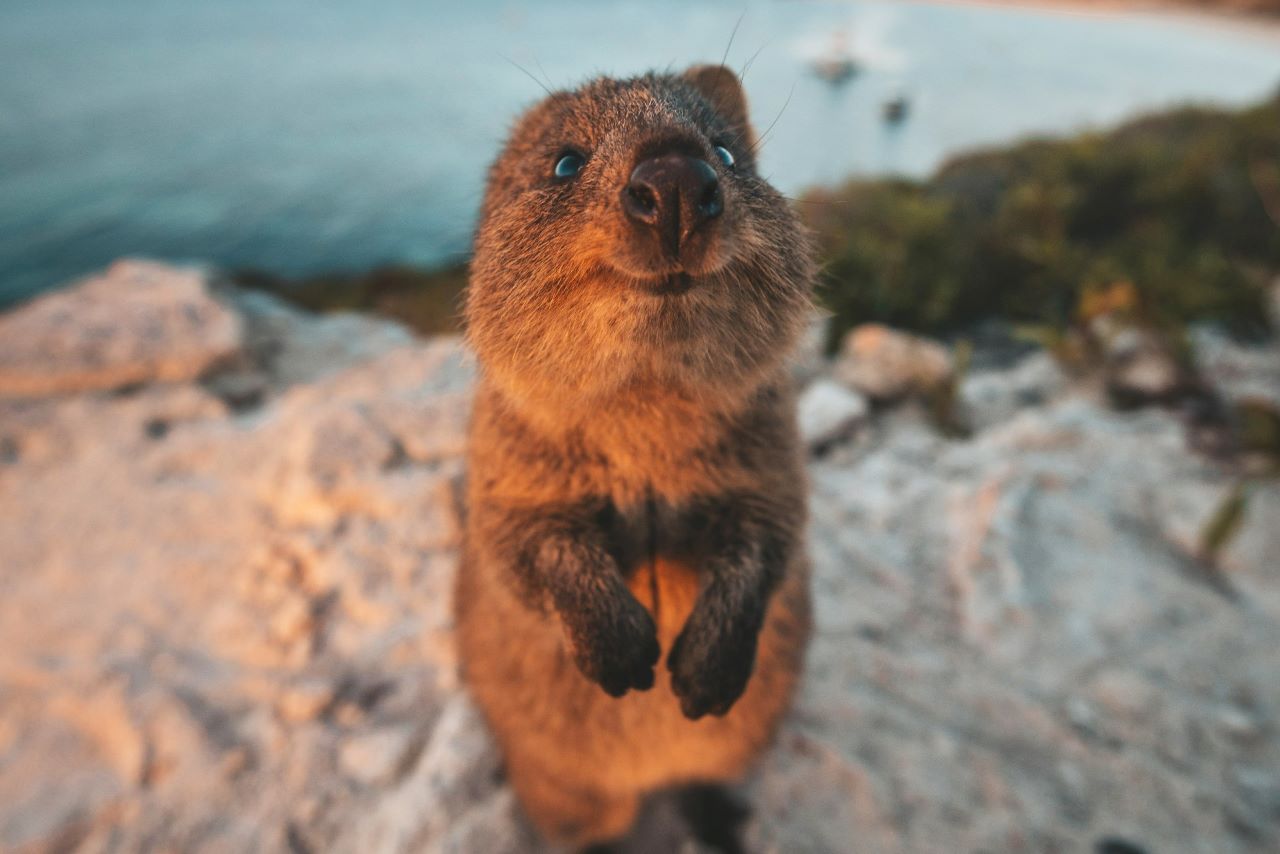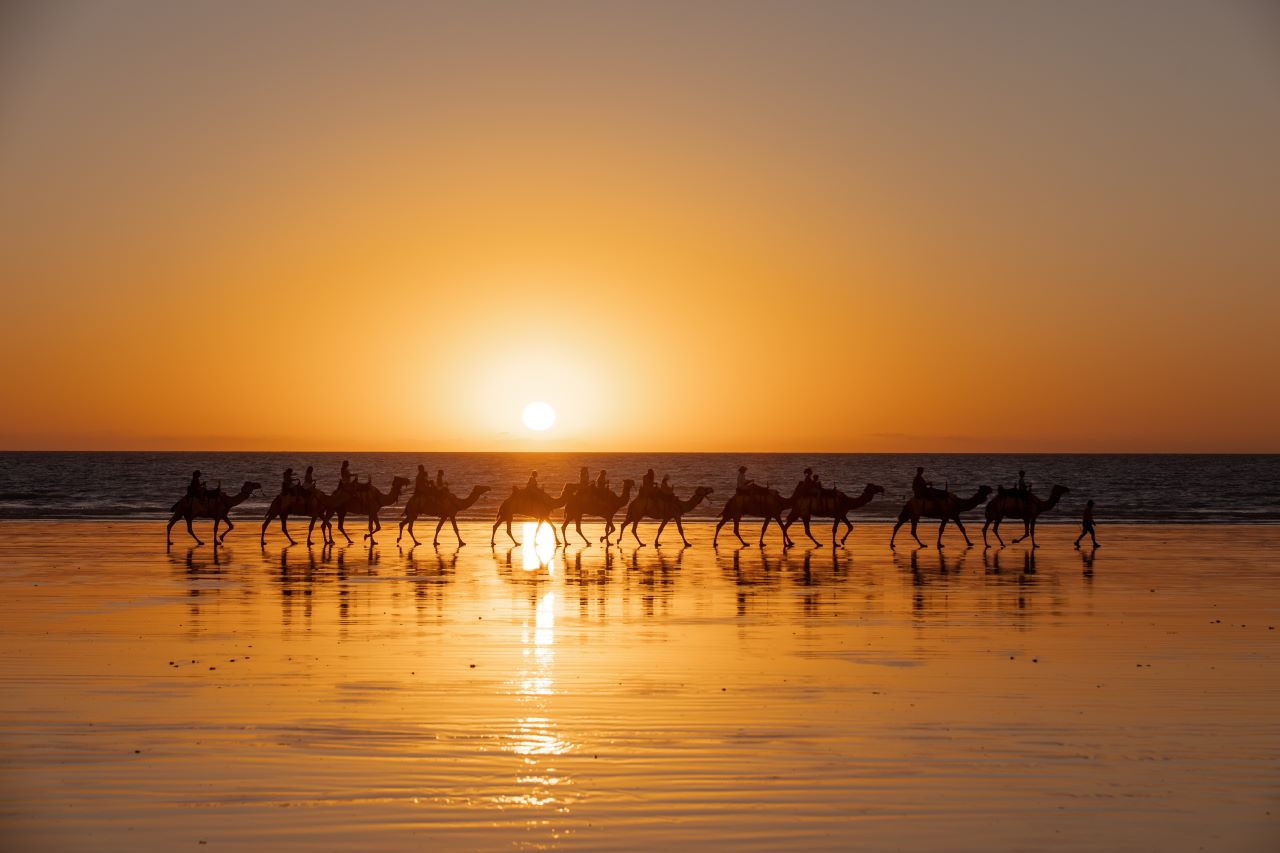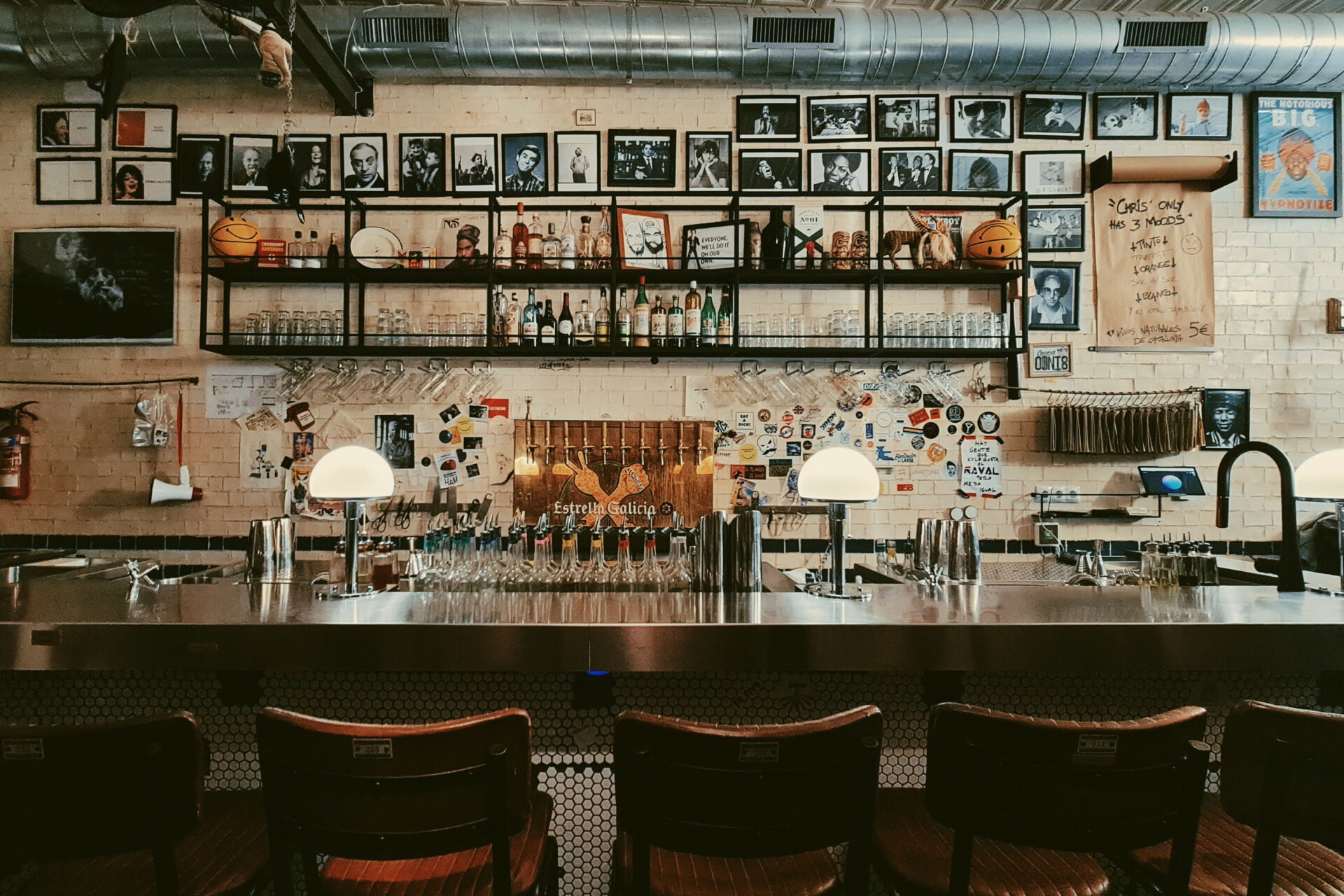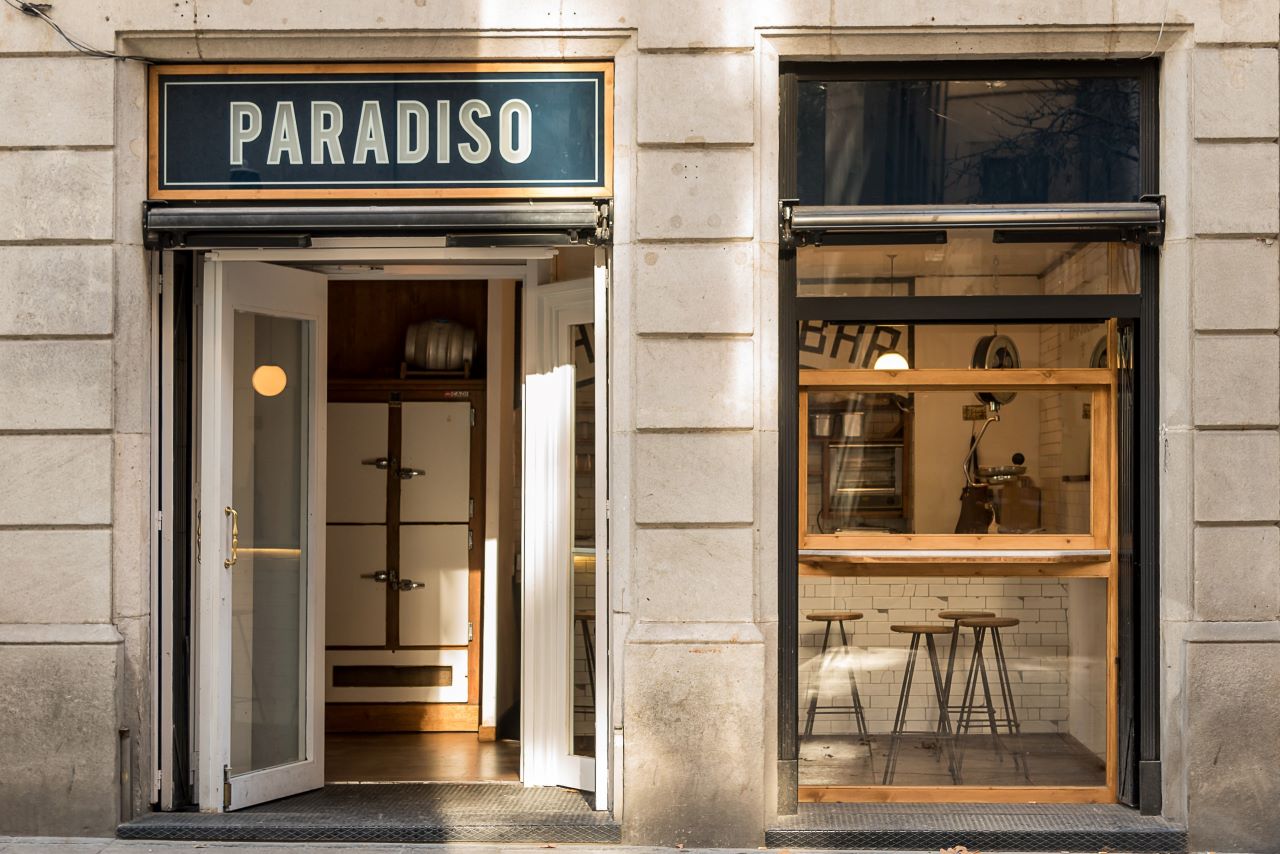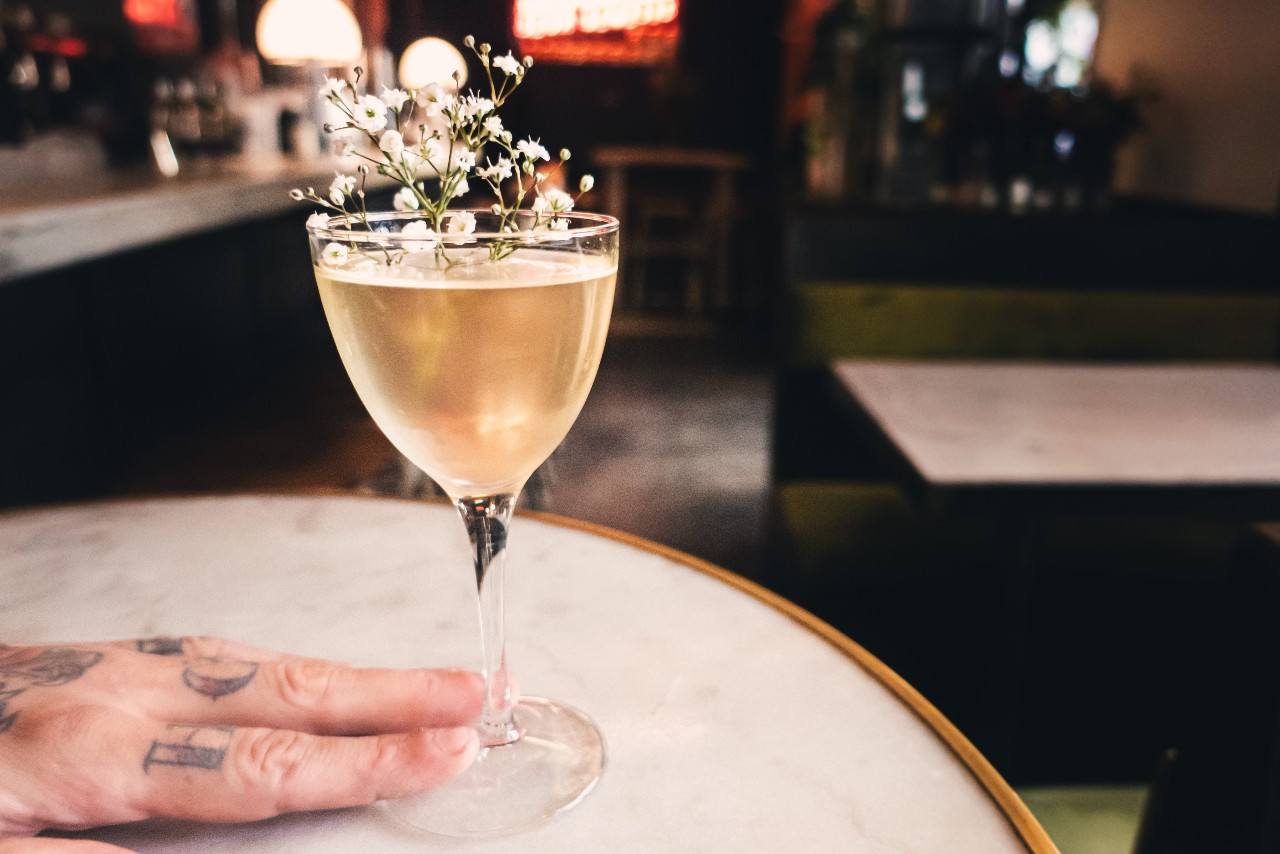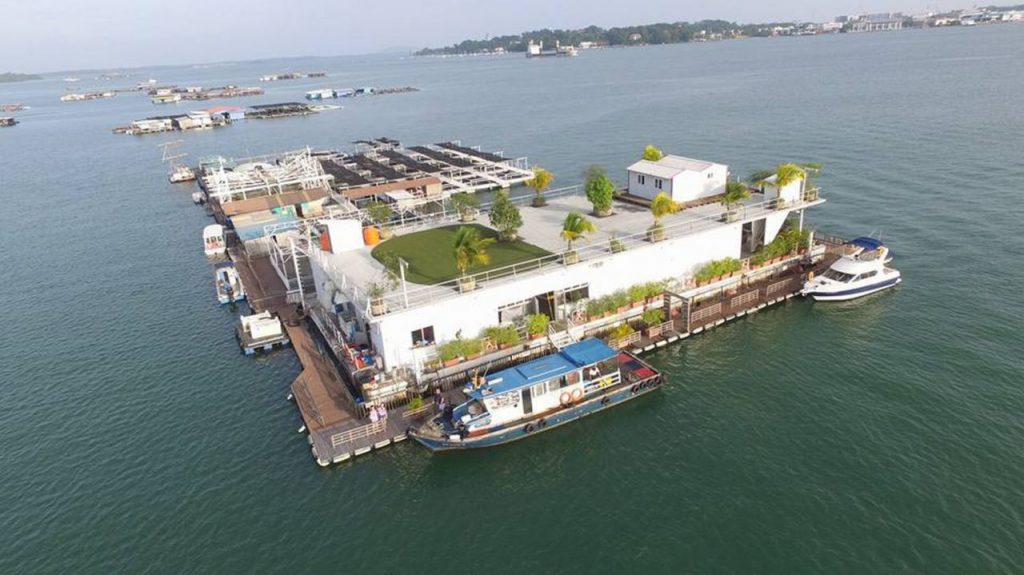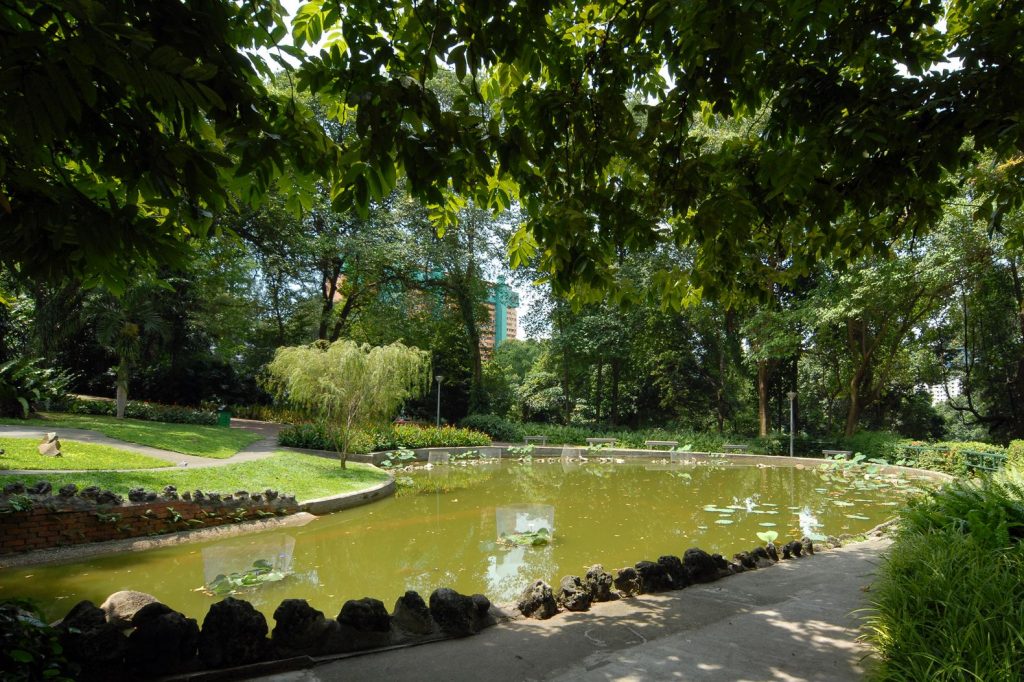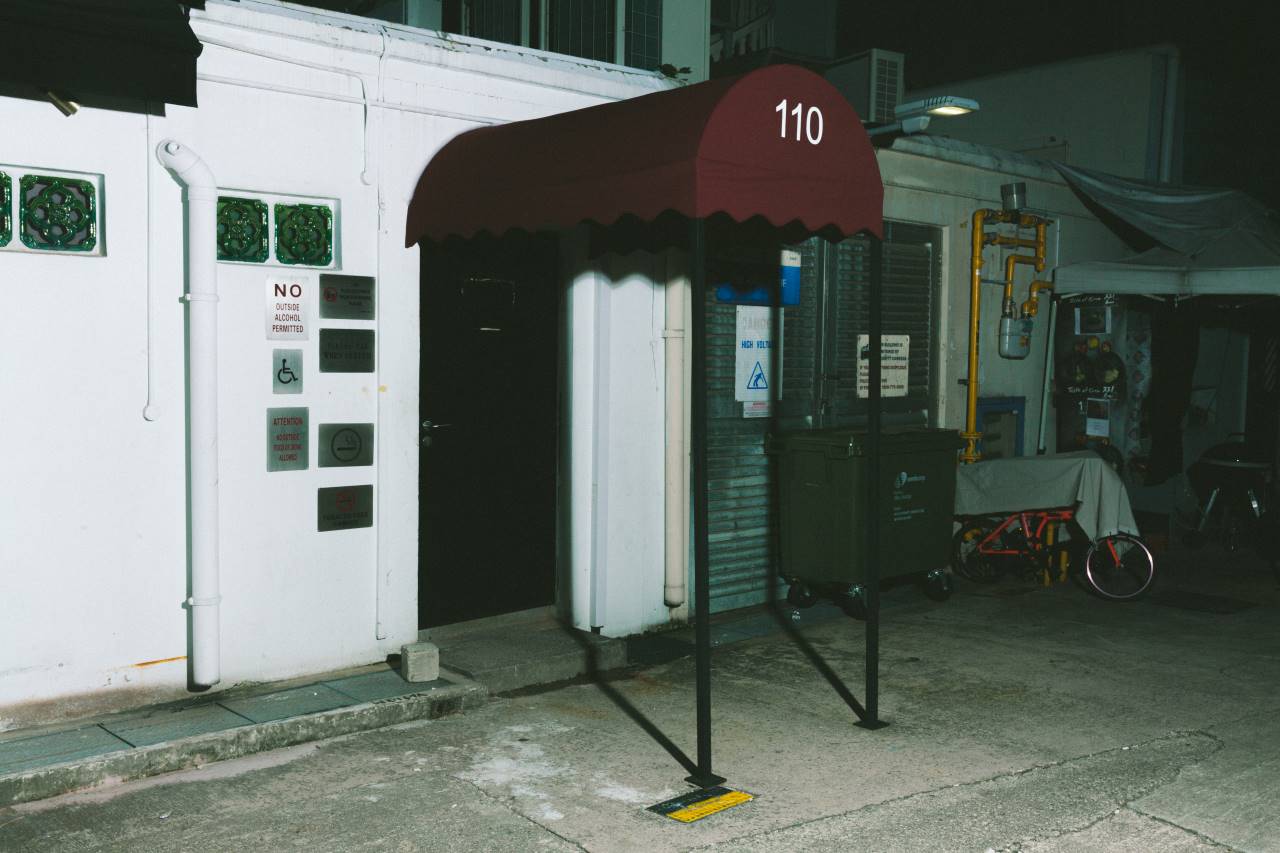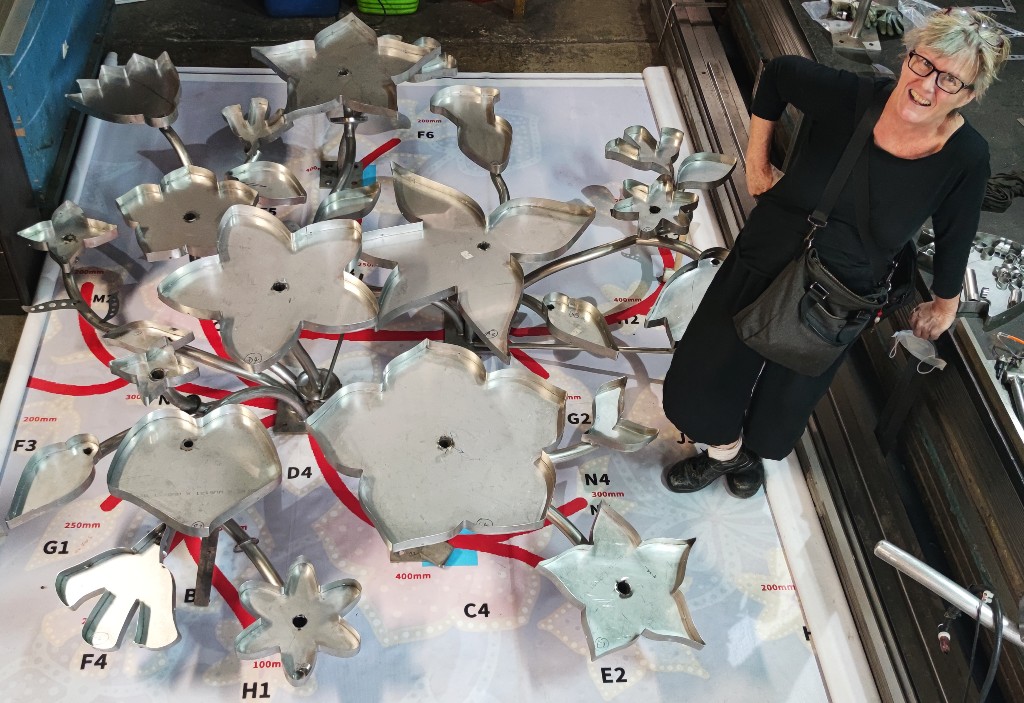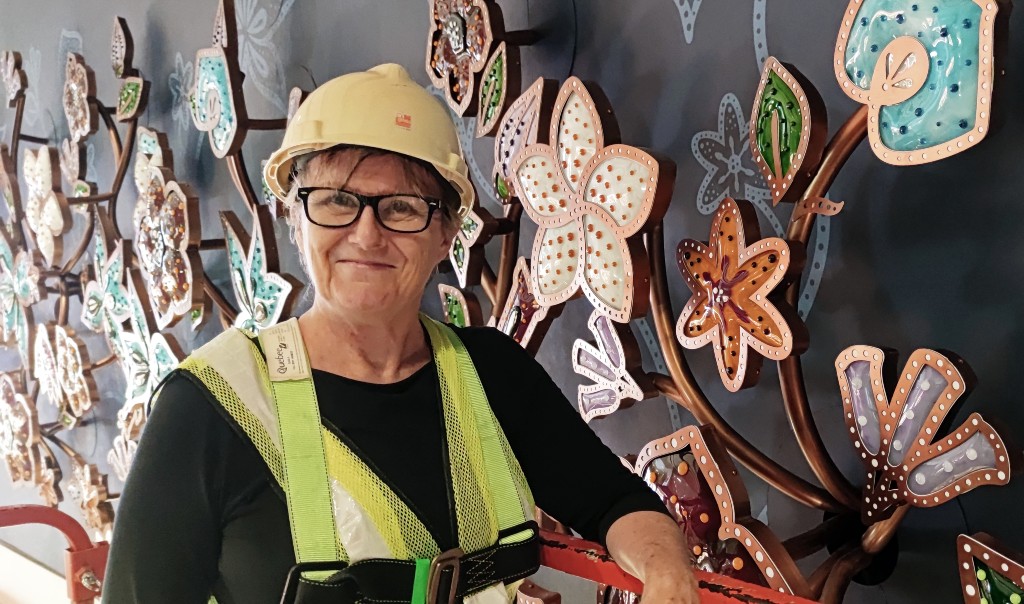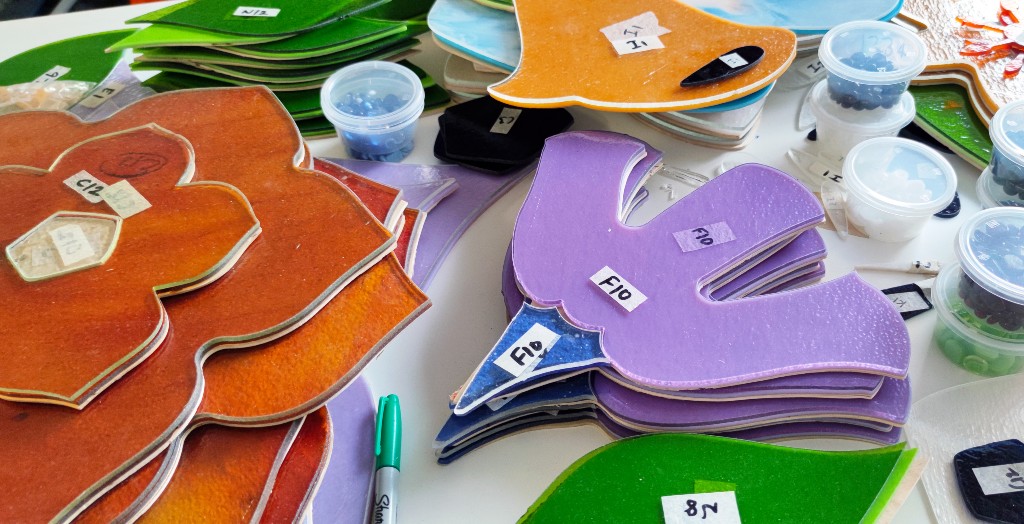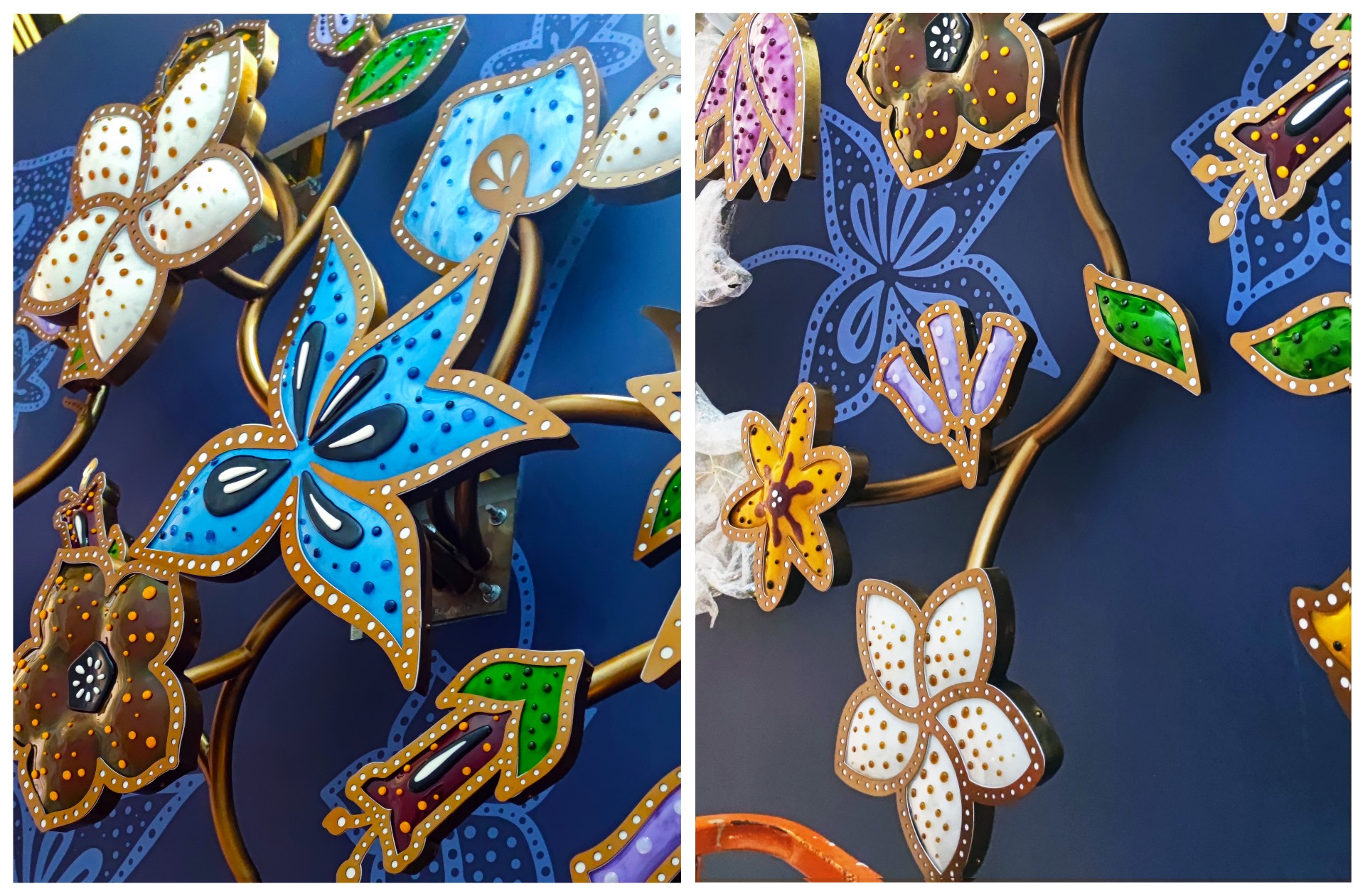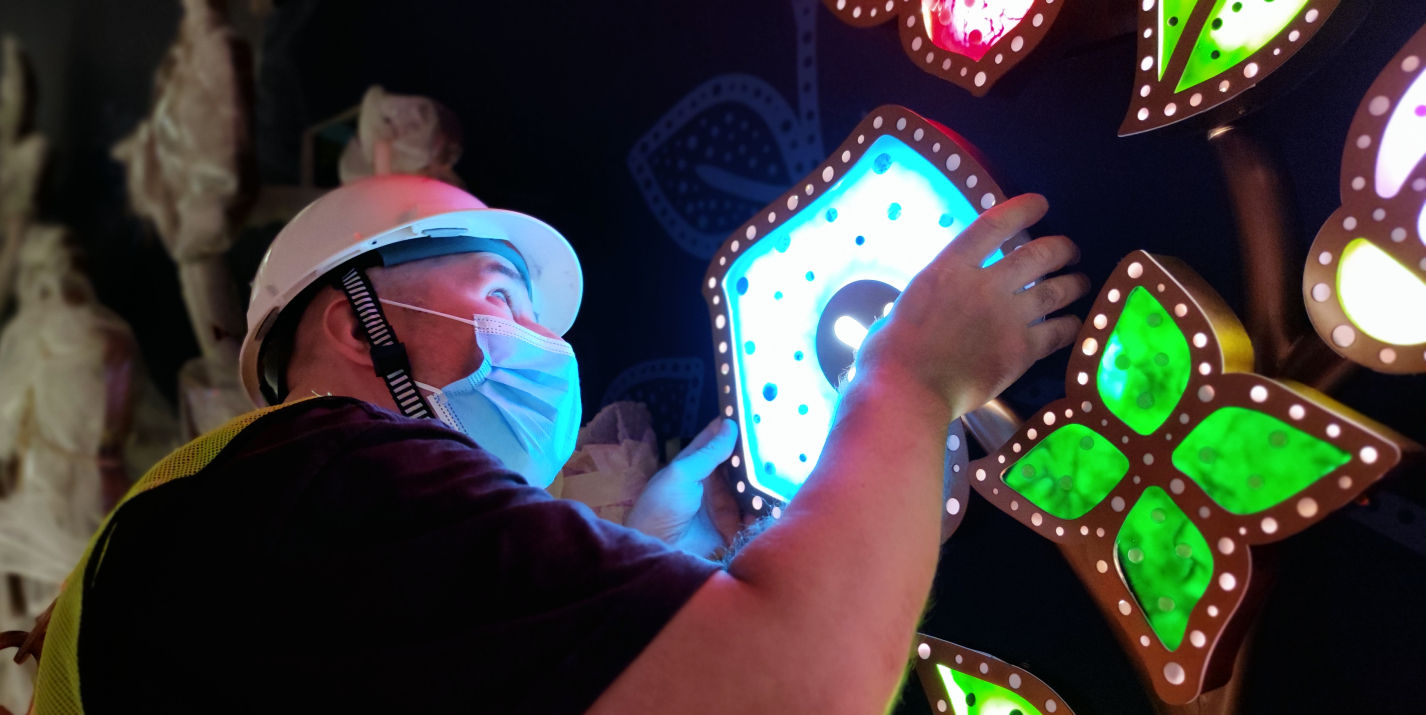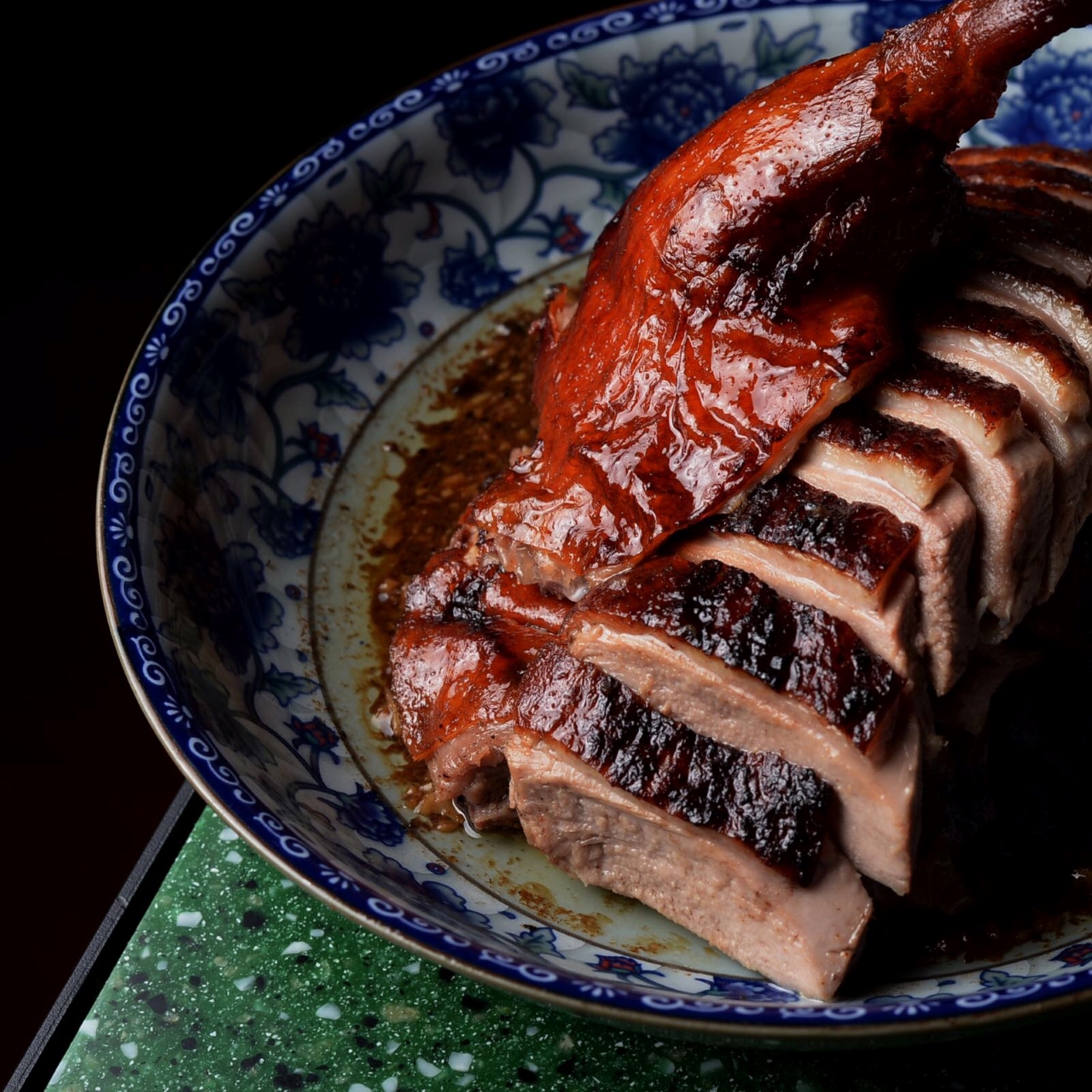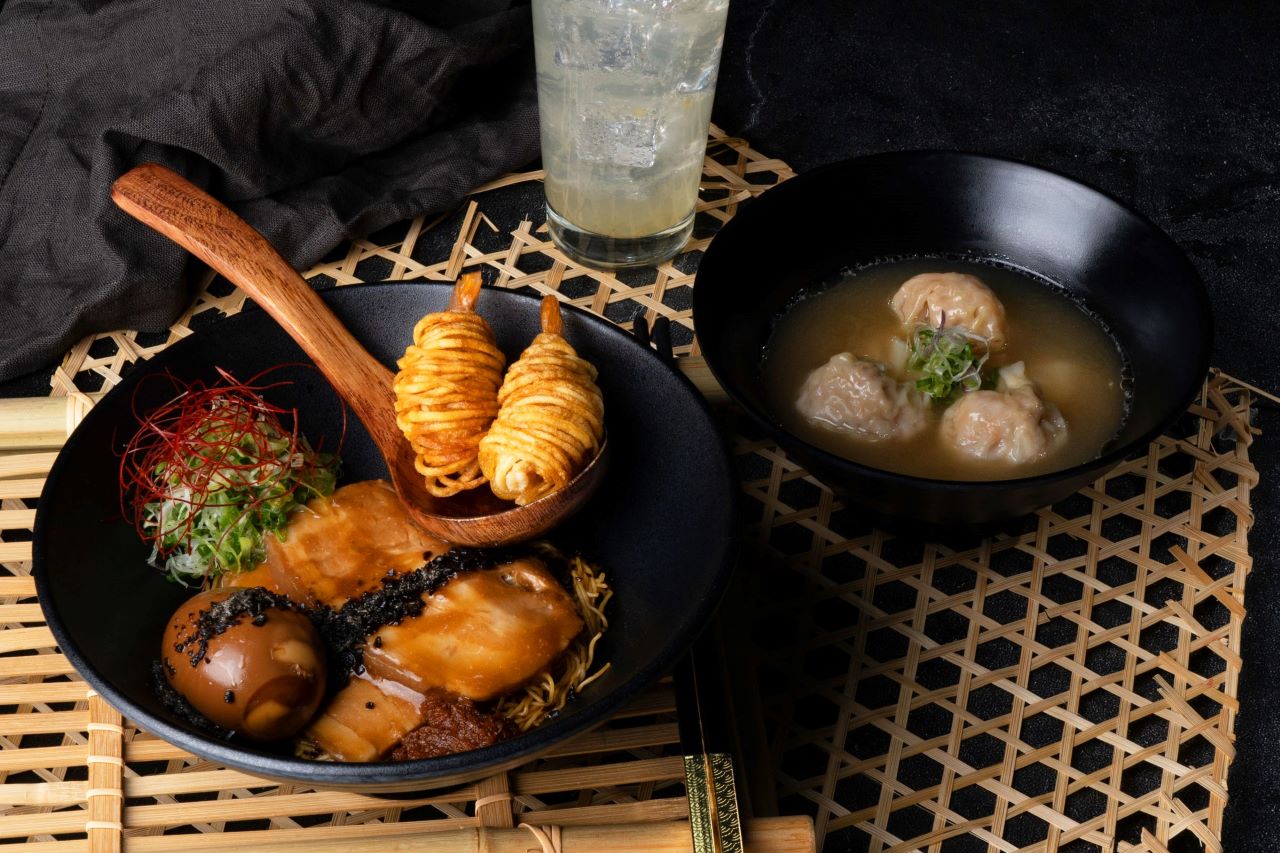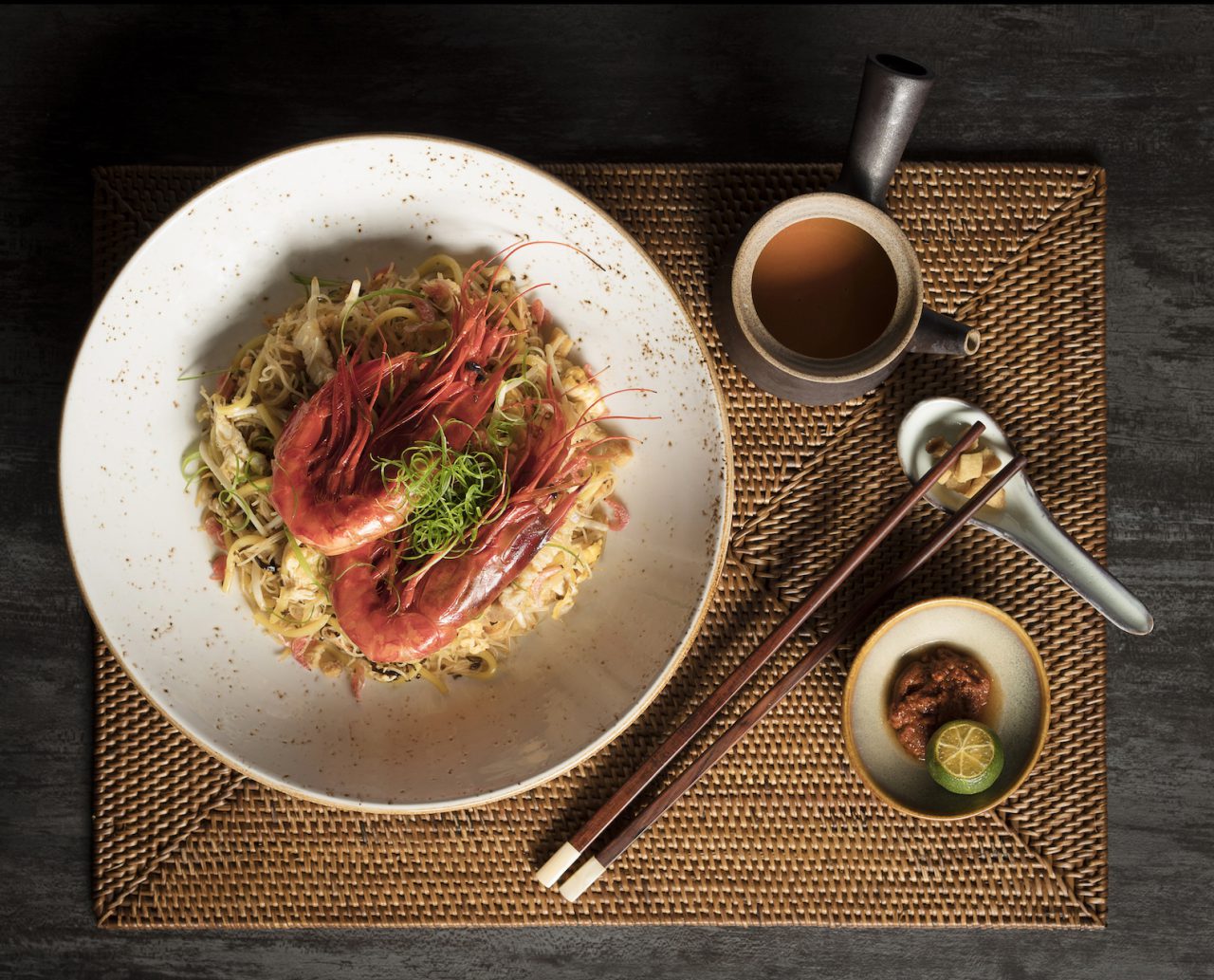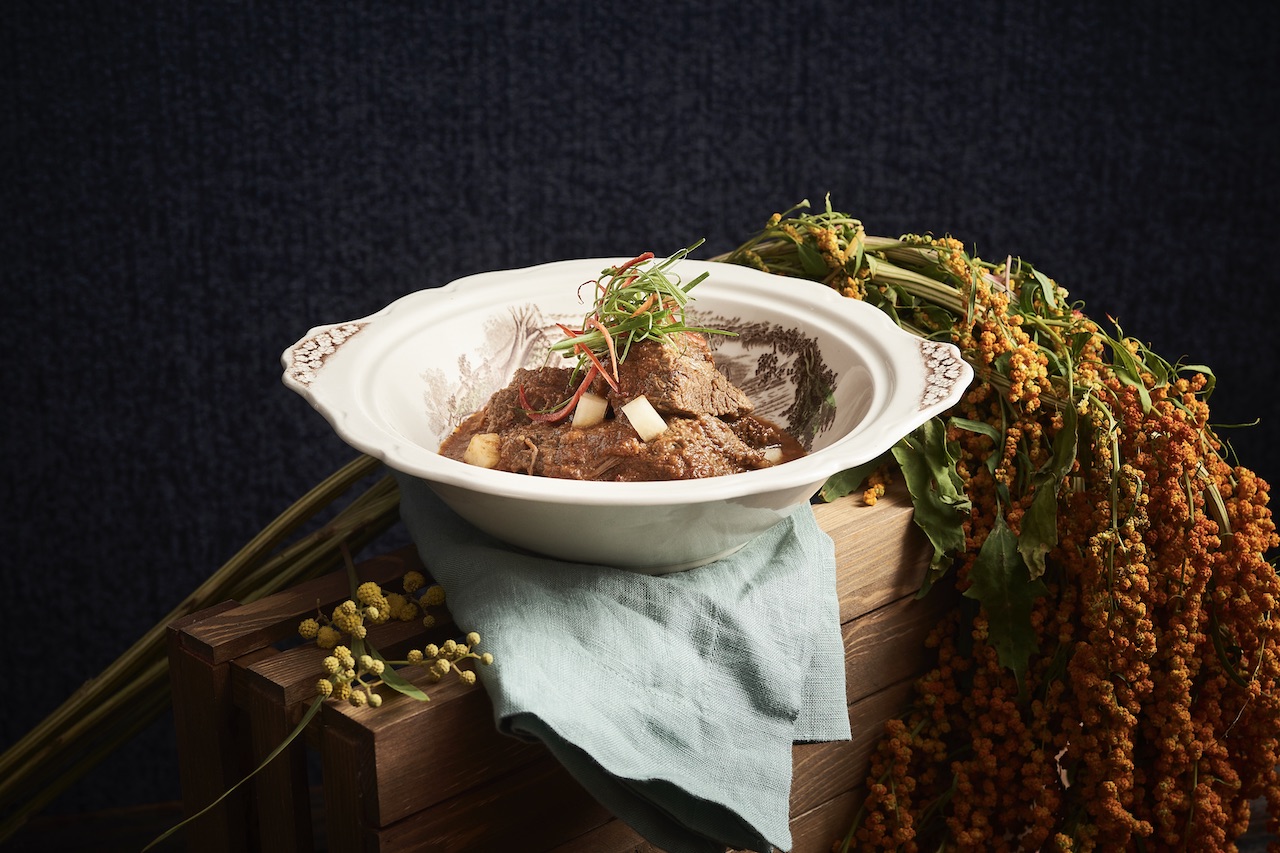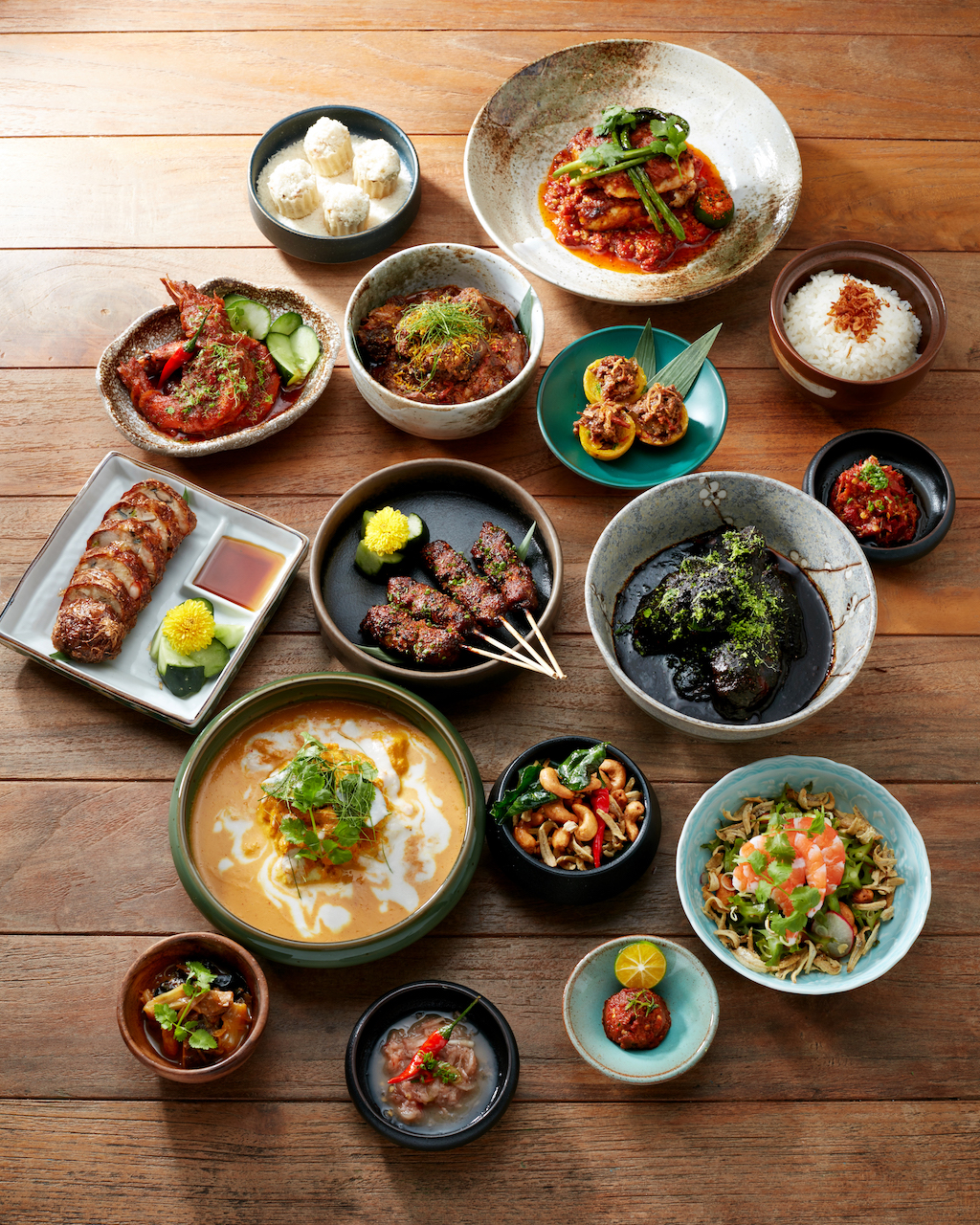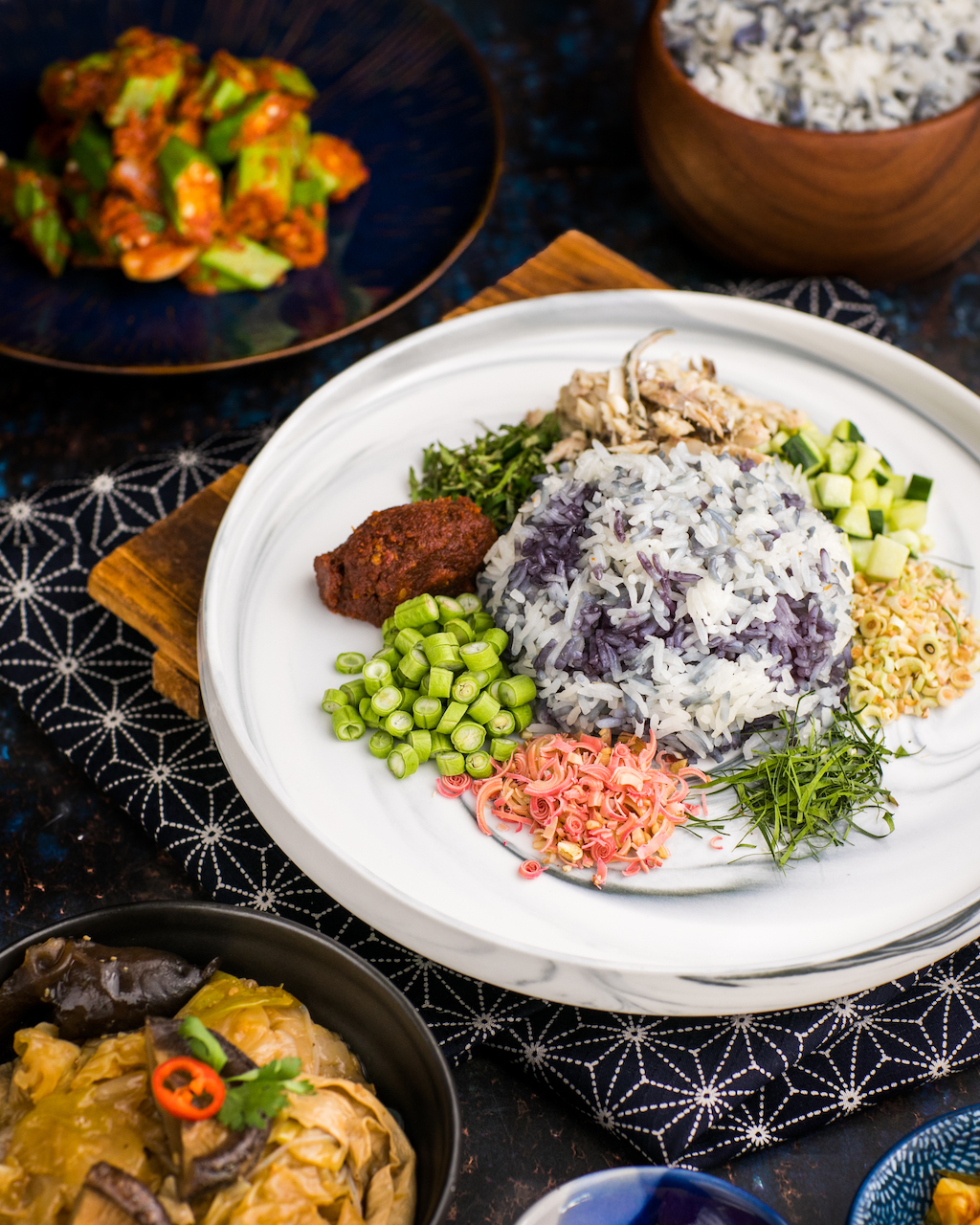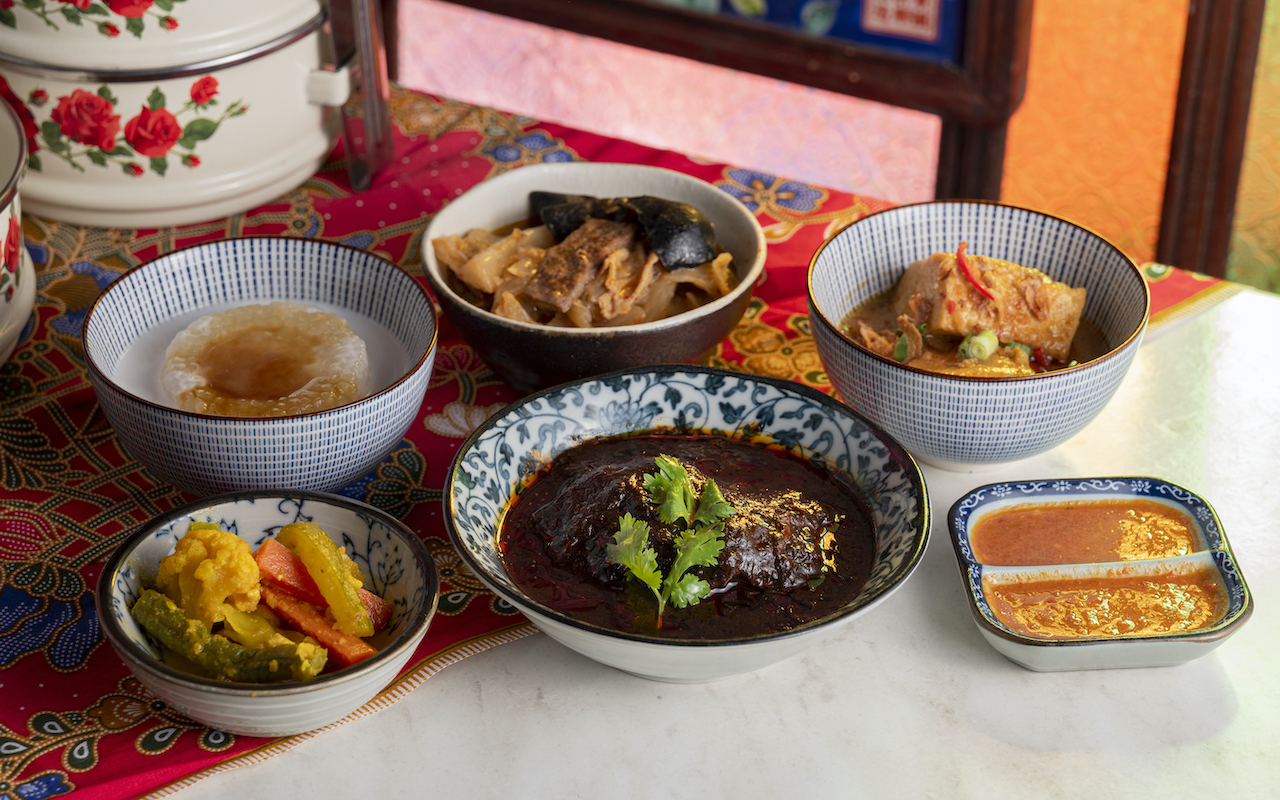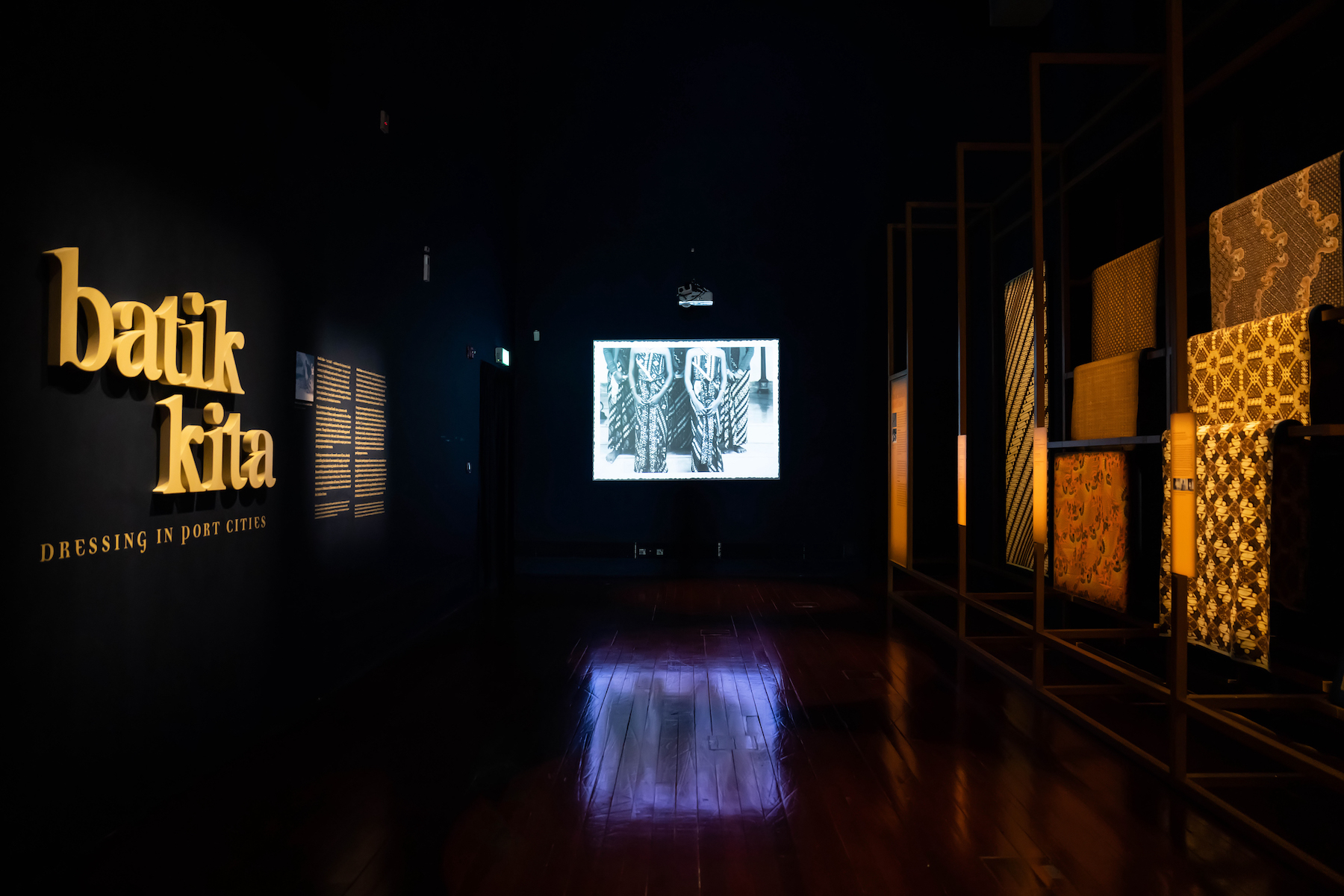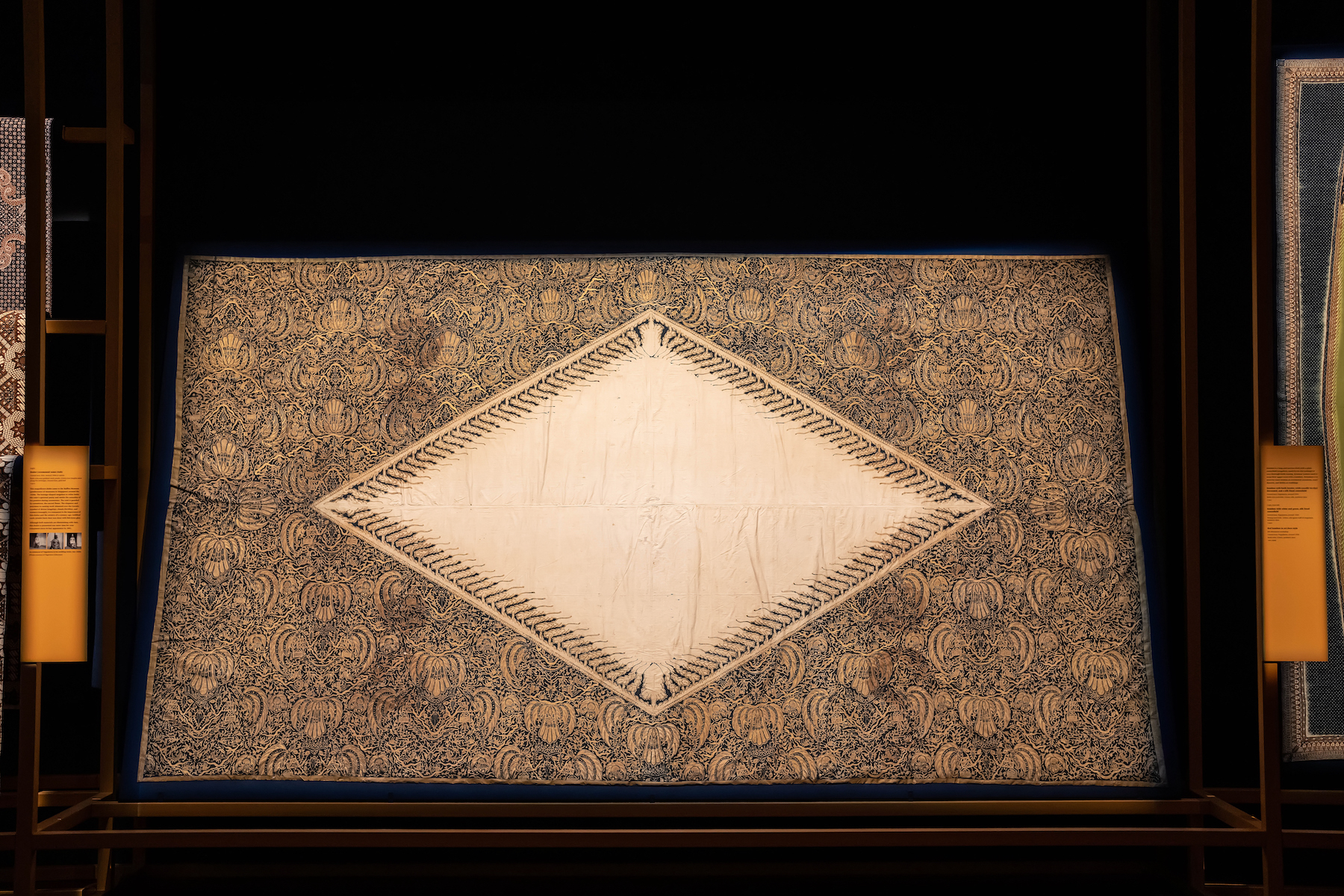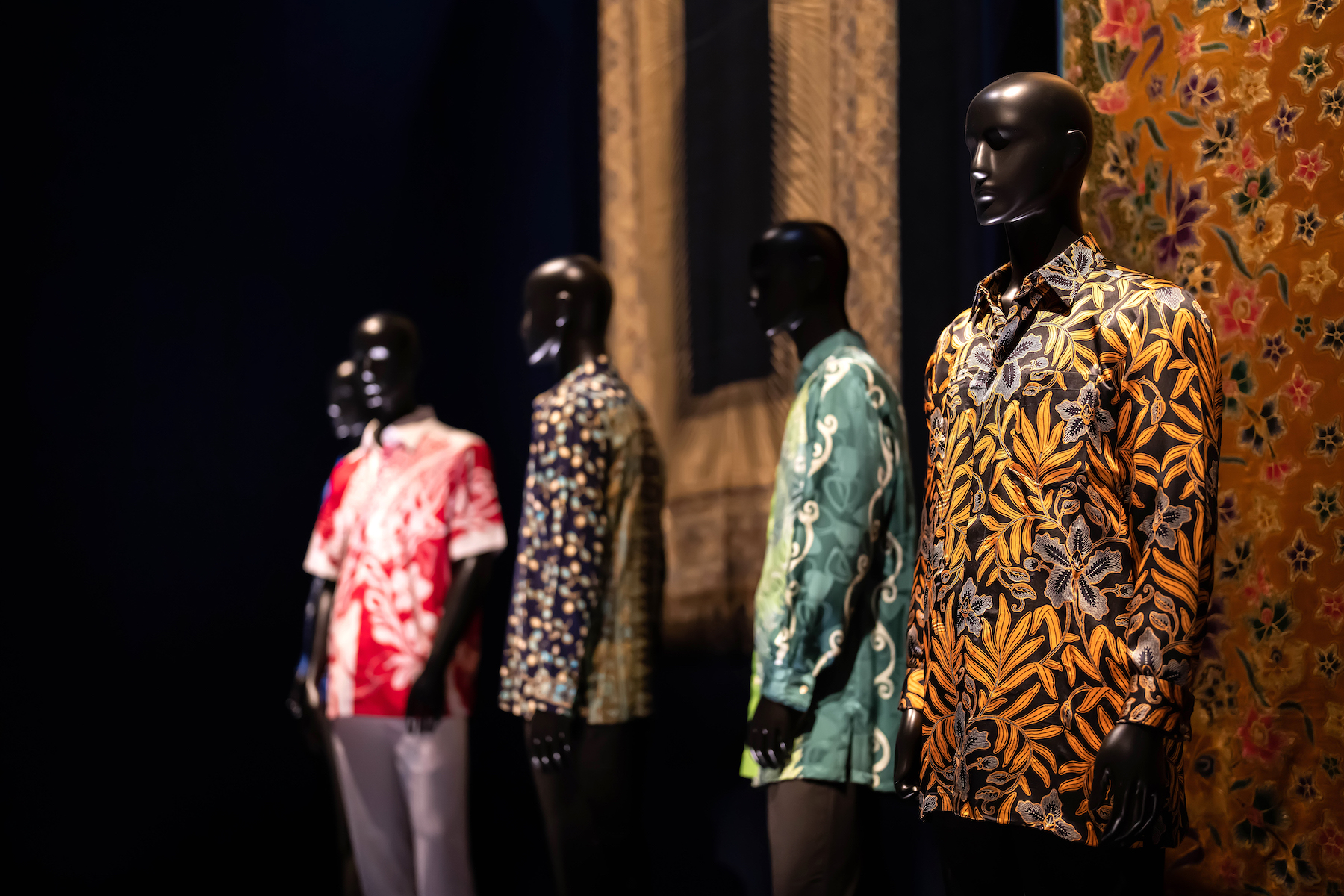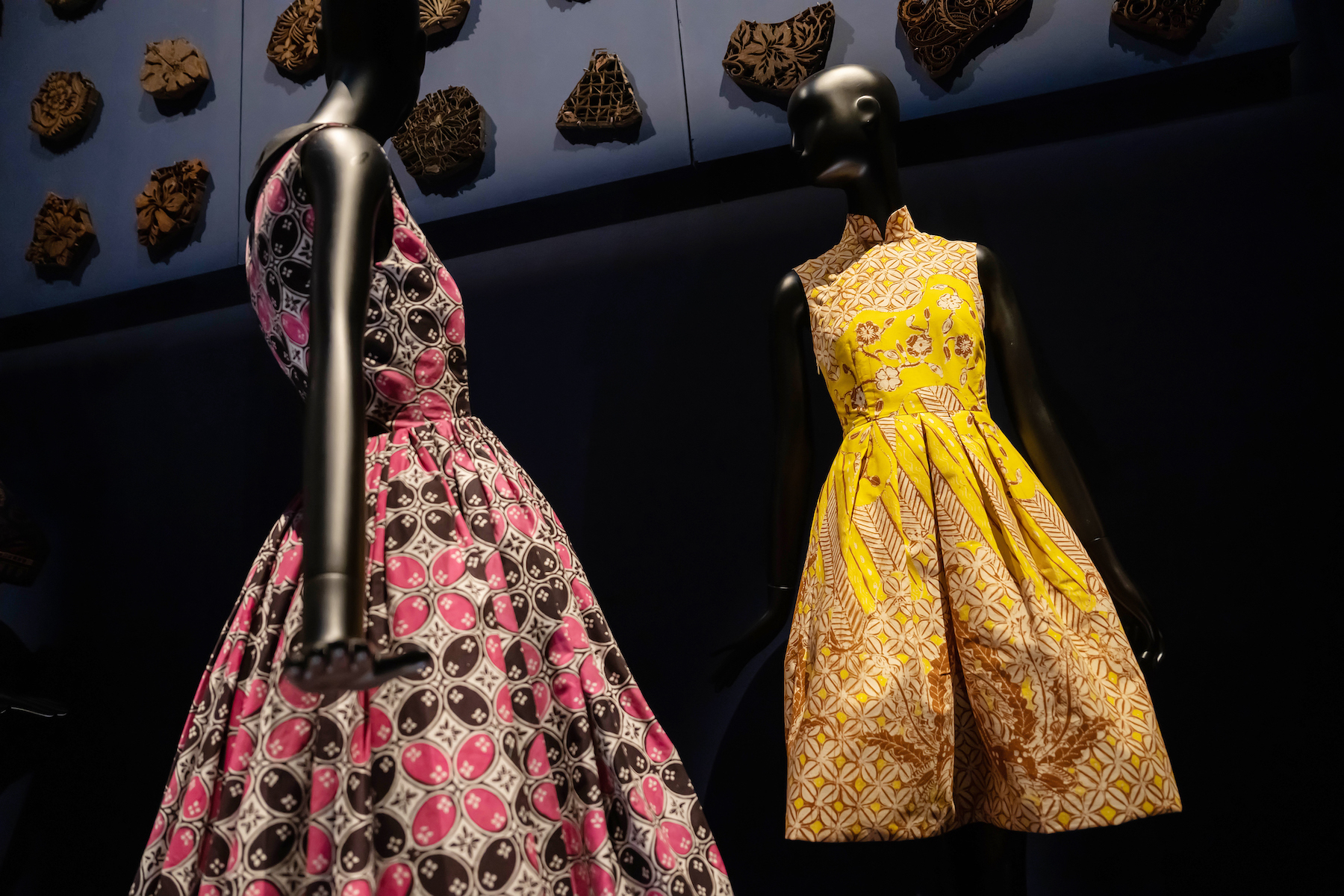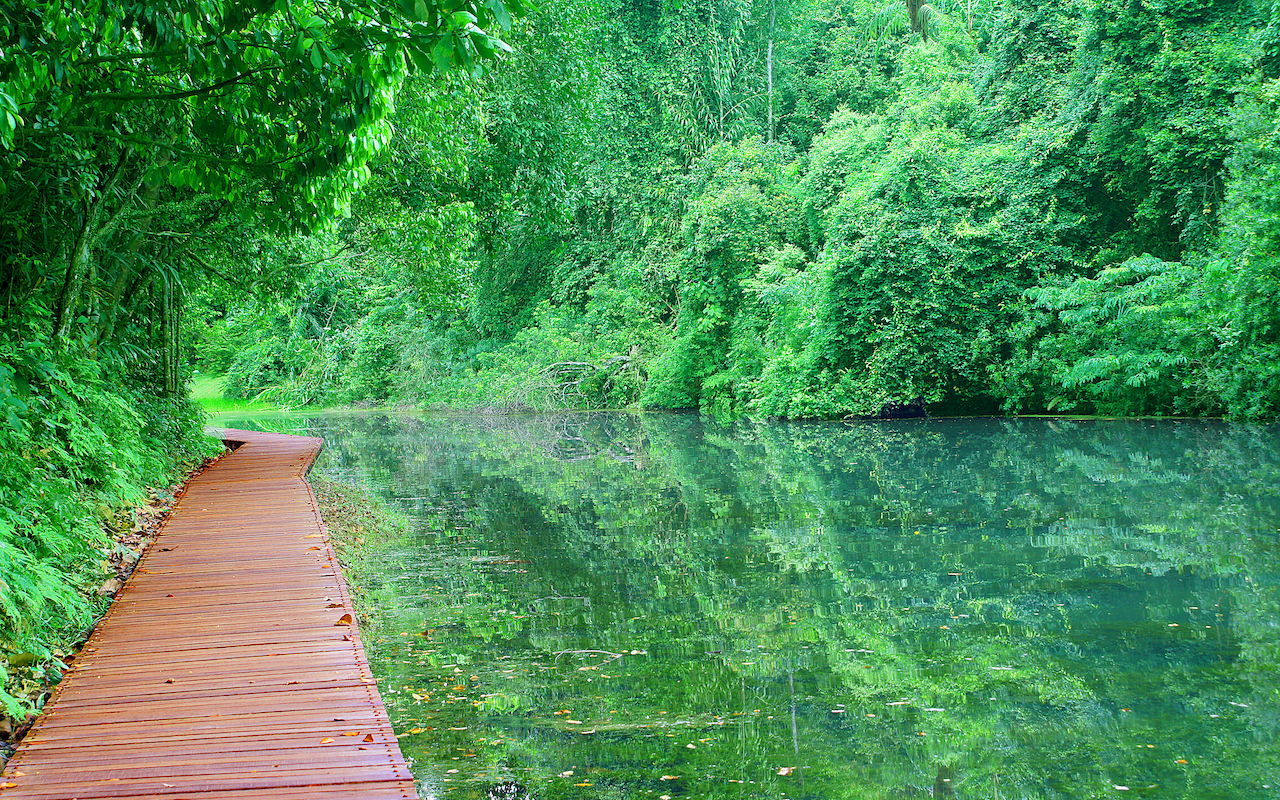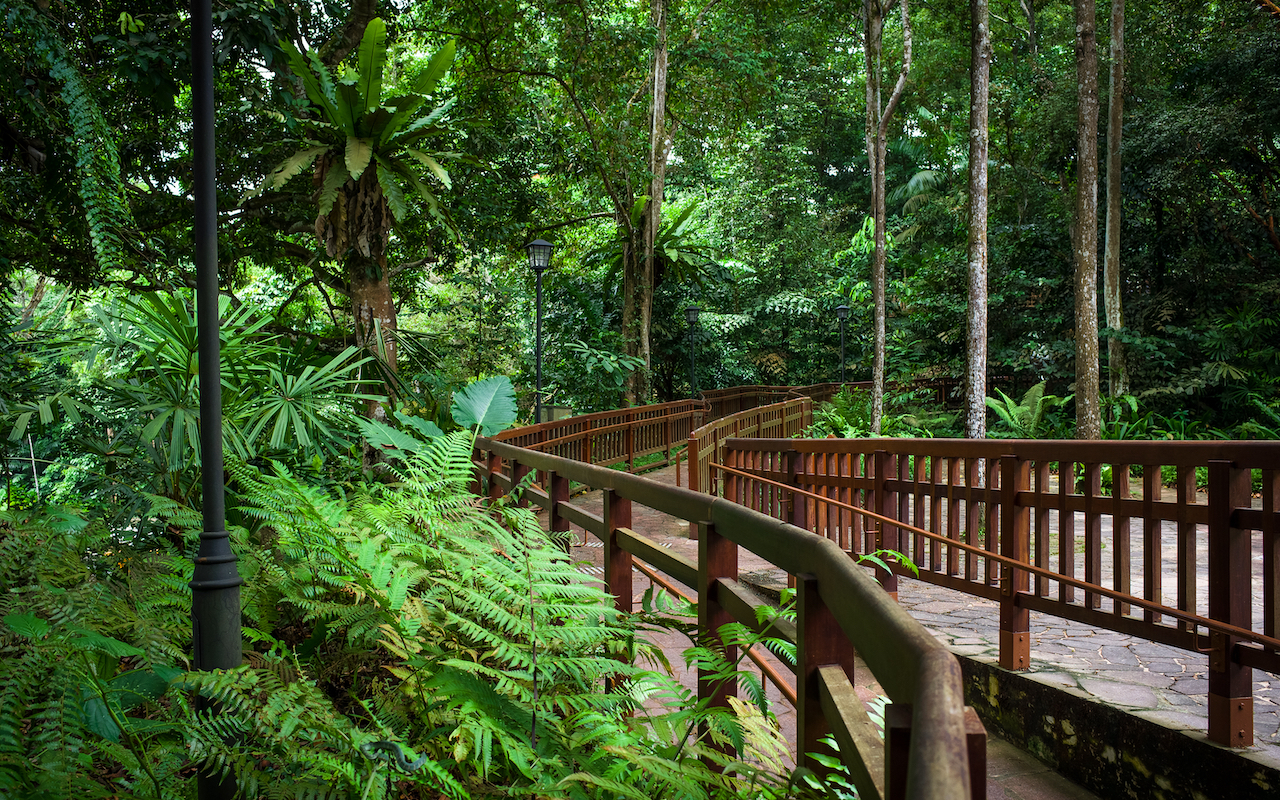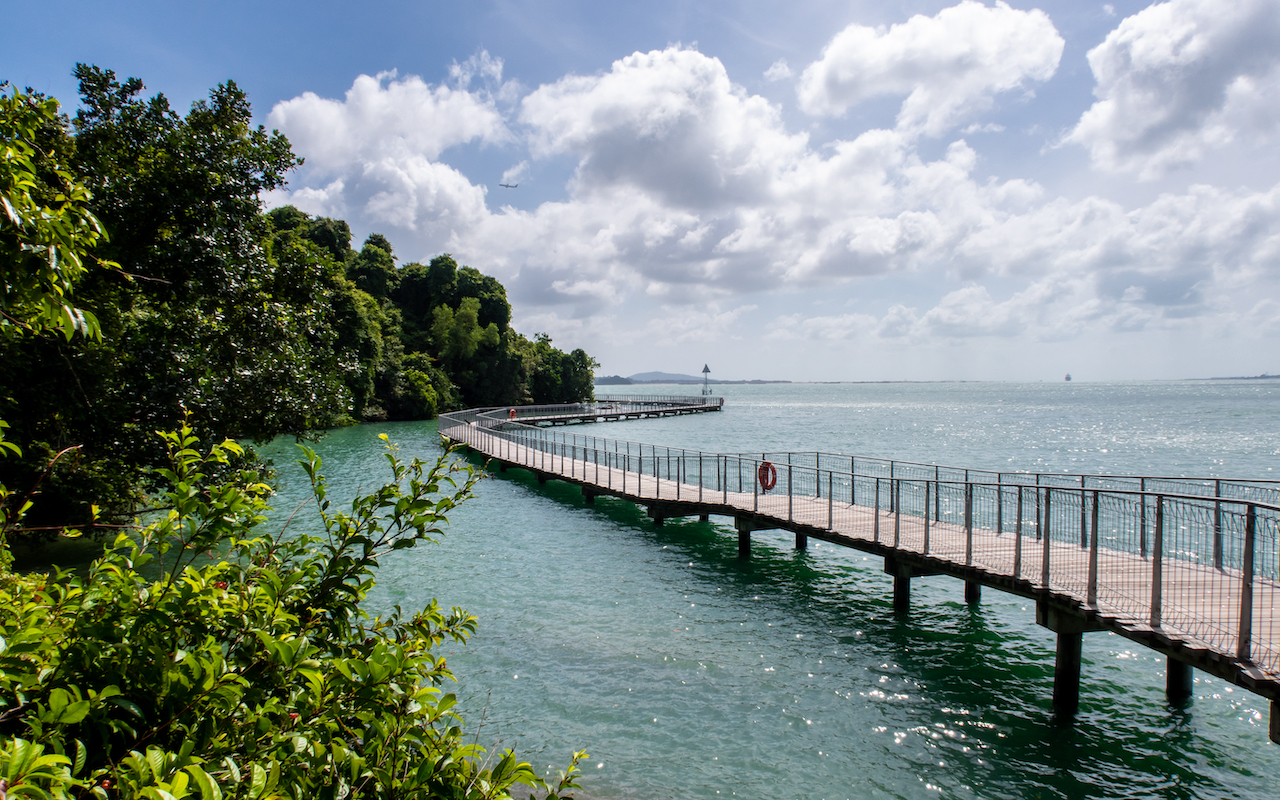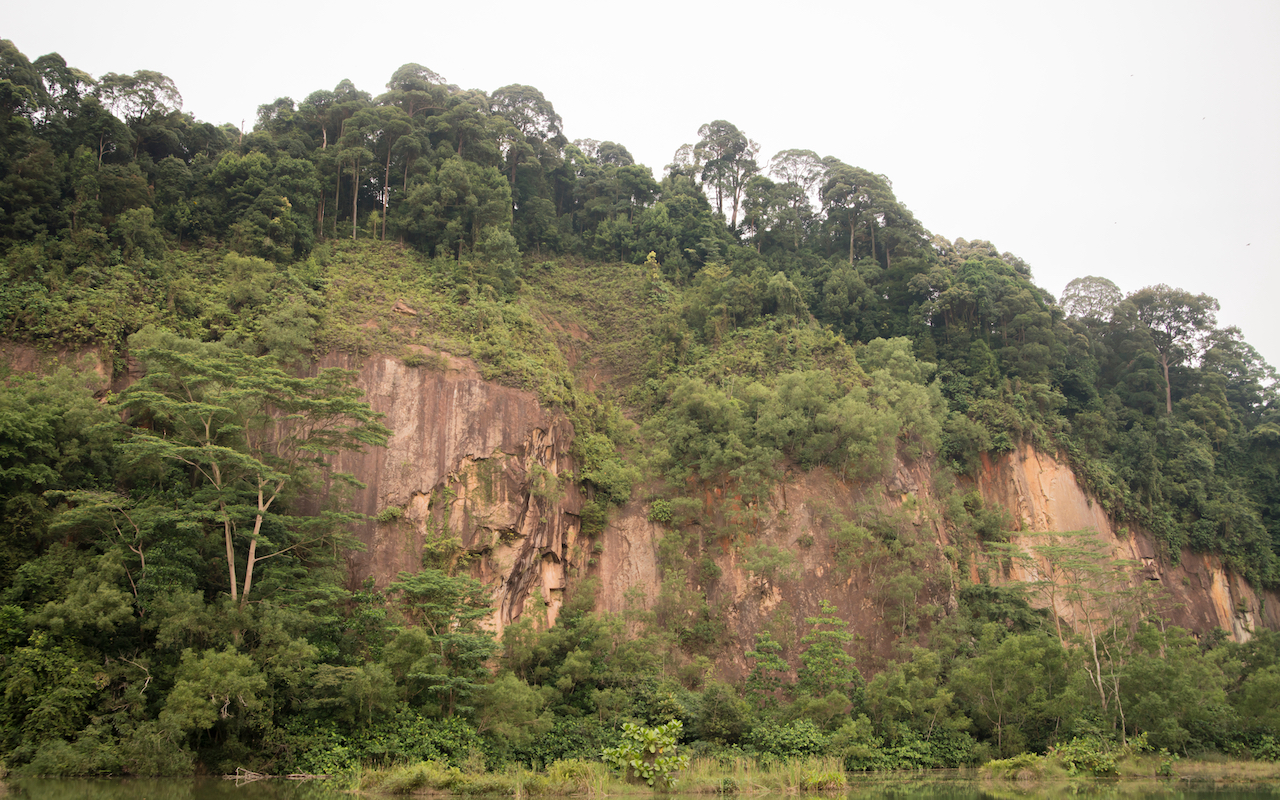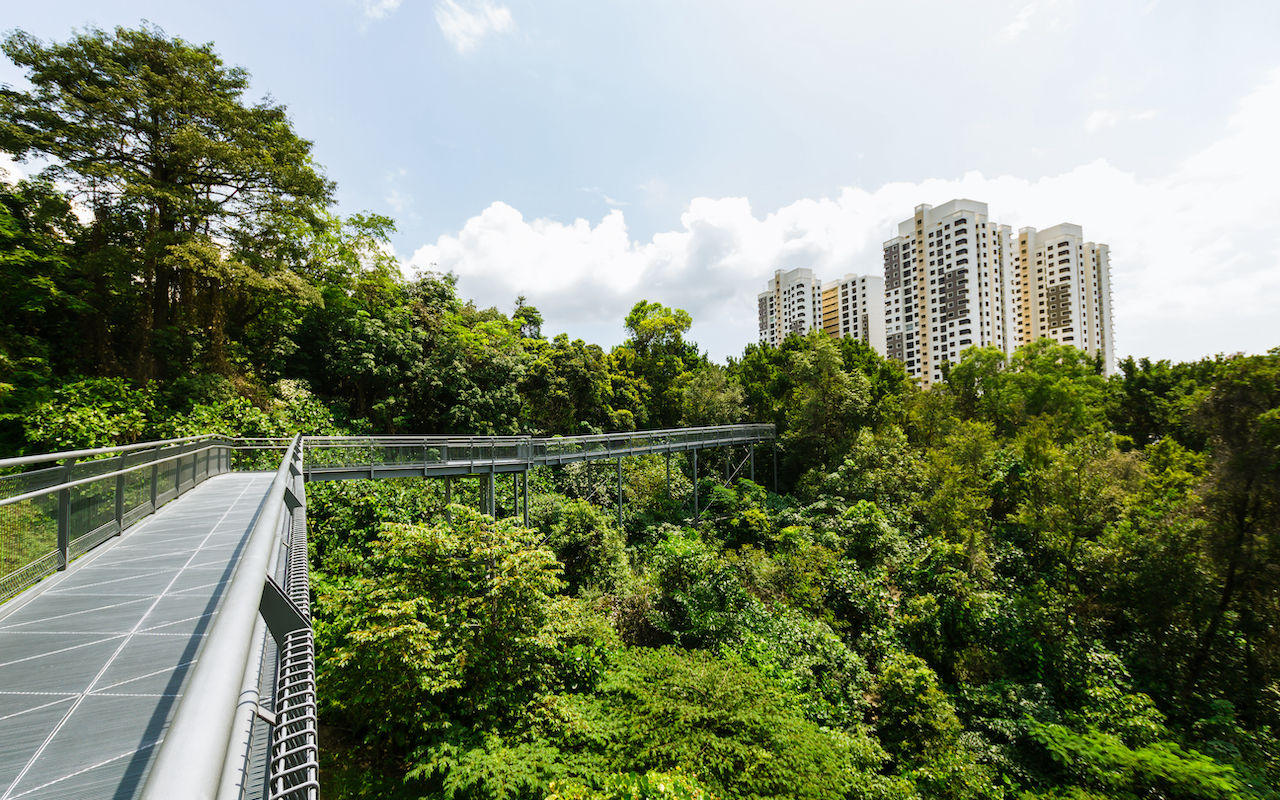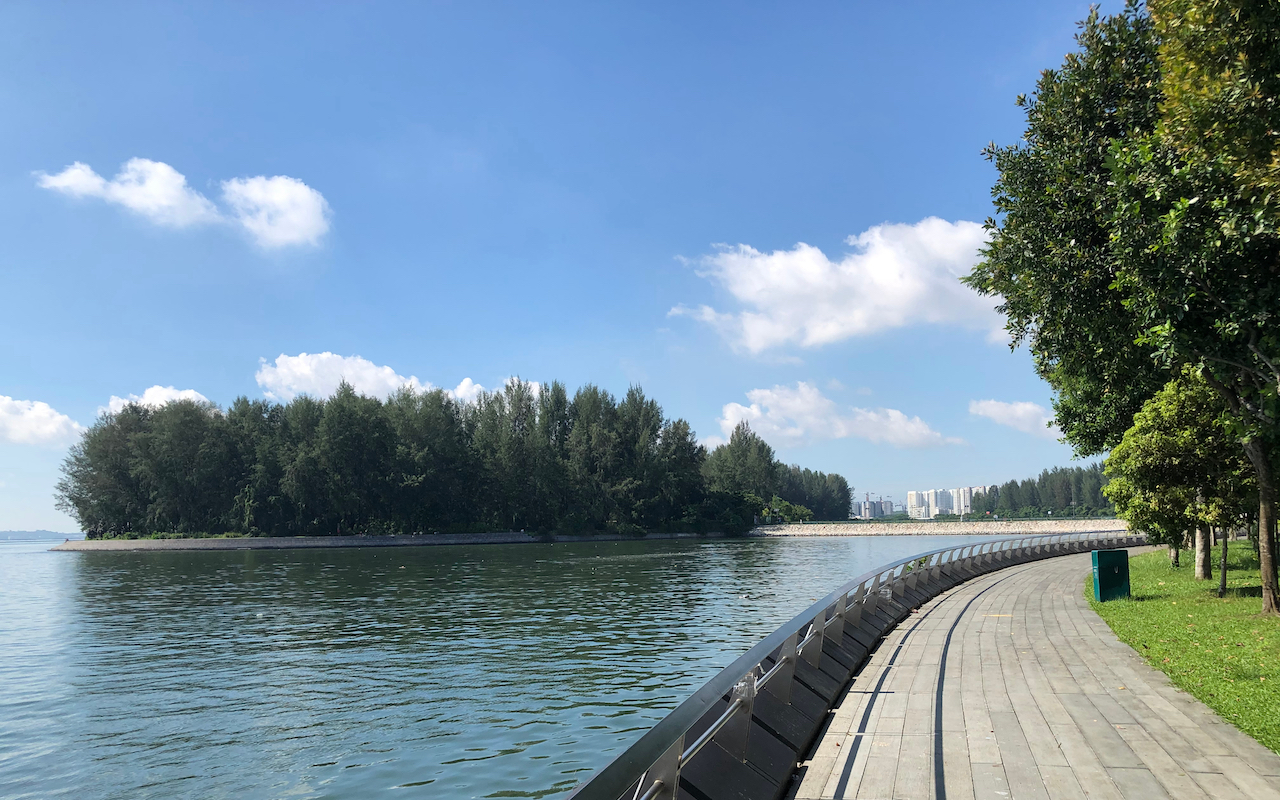Winter days in London are cold and short – temperatures typically hover between 5 and 10 degrees Celsius, and the sun sets as early as 4pm. However, that doesn’t mean you can’t have fun outdoors. Planning a year-end trip to the London? Instead of spending your time cooped up indoors, layer up, hit the streets and make the most of London in winter.
1. Hone your ice skating skills
Ice skating is a popular winter pastime in London, with rinks popping up all across the capital. At Skate at Somerset House (November 2022 to January 2023, exact dates TBC), you can take a spin around the neoclassical courtyard, where a 12m-tall Christmas tree takes centre stage. Or head to the Ice Rink Canary Wharf (22 October 2022 to 25 February 2023), which is set against the backdrop of the district’s gleaming skyscrapers. Over at the Hampton Court Palace Ice Rink (November 2022 to January 2023, exact dates TBC) – situated in the gardens of Henry VIII’s historic home in south-west London – you can glide across the ice while admiring the complex’s striking Tudor architecture.

2. Check out the Christmas markets
If you’re visiting London during the festive season, be sure to check out one of the city’s magical Christmas markets. At the Southbank Centre Winter Market (dates TBC) along the Thames, you’ll find rows of Alpine-style chalets selling everything from street food to stocking fillers. Warm up with a delicious cup of mulled wine, or perhaps some creamy cheese fondue. Elsewhere, the Leicester Square Christmas Market (dates TBC) sees the bustling tourist district transformed into a winter wonderland of sorts: think traditional wooden stalls selling food and drink, trees draped with fairy lights, plus a lineup of comedy and cabaret shows – held in a 1920s-style speigeltent (travelling tent used for entertainment) to boot.
3. Enjoy some Yuletide fun
Of course, the biggest Yuletide extravaganza in London is undoubtedly Hyde Park Winter Wonderland (18 November 2022 to 2 January 2023), which attracts millions of visitors every year. Kids will adore the family-friendly fairground rides, which include a Ferris wheel, an ice slide and a funhouse. In the mood for some white-knuckle fun? Try the Munich Looping, the largest transportable roller coaster in the world, or the XXL, a vertigo-inducing, pendulum-style ride that can swing to a height of 47 metres. After all that action, chill out with a frothy pint of lager and some grilled bratwurst at the Bavarian Village, or wander around the Christmas market and pick up a knick knack or two.
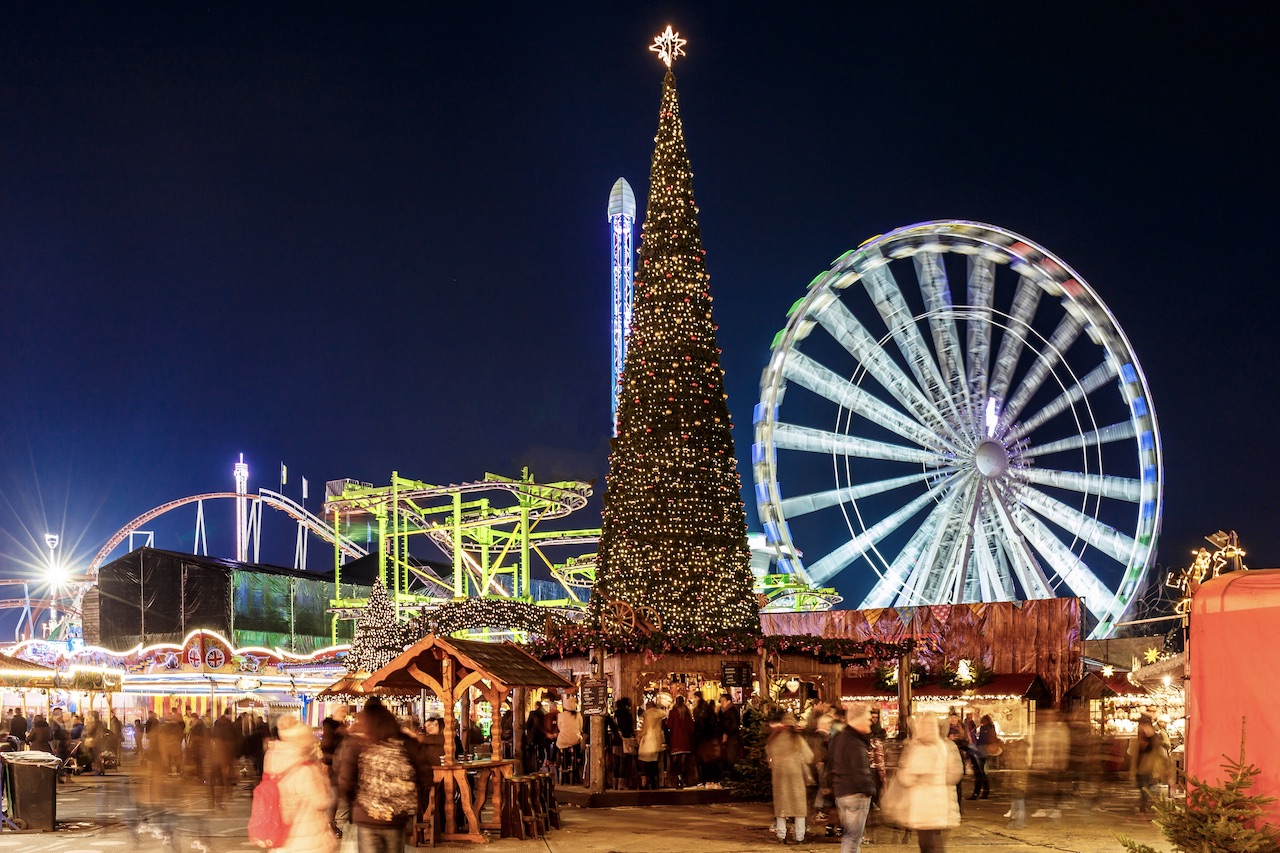
4. Admire the festive lights
When darkness falls, it’s time to see London’s sparkling Christmas displays in their full glory. In 1954, Regent Street was the first location in central London to put up Christmas lights. It has continued to do so ever since: from November to January each year, 16 spirit-shaped sculptures studded with twinkling LED lights soar above the length of the street. Nearby, Oxford Street also puts up quite a show every Christmas: last year’s display featured thousands of shining stars suspended on strings of fairy lights. Other places that receive festive glow-ups include Trafalgar Square, which is graced by an enormous, illuminated spruce – an annual gift from Norway in gratitude for Britain’s support during World War II.
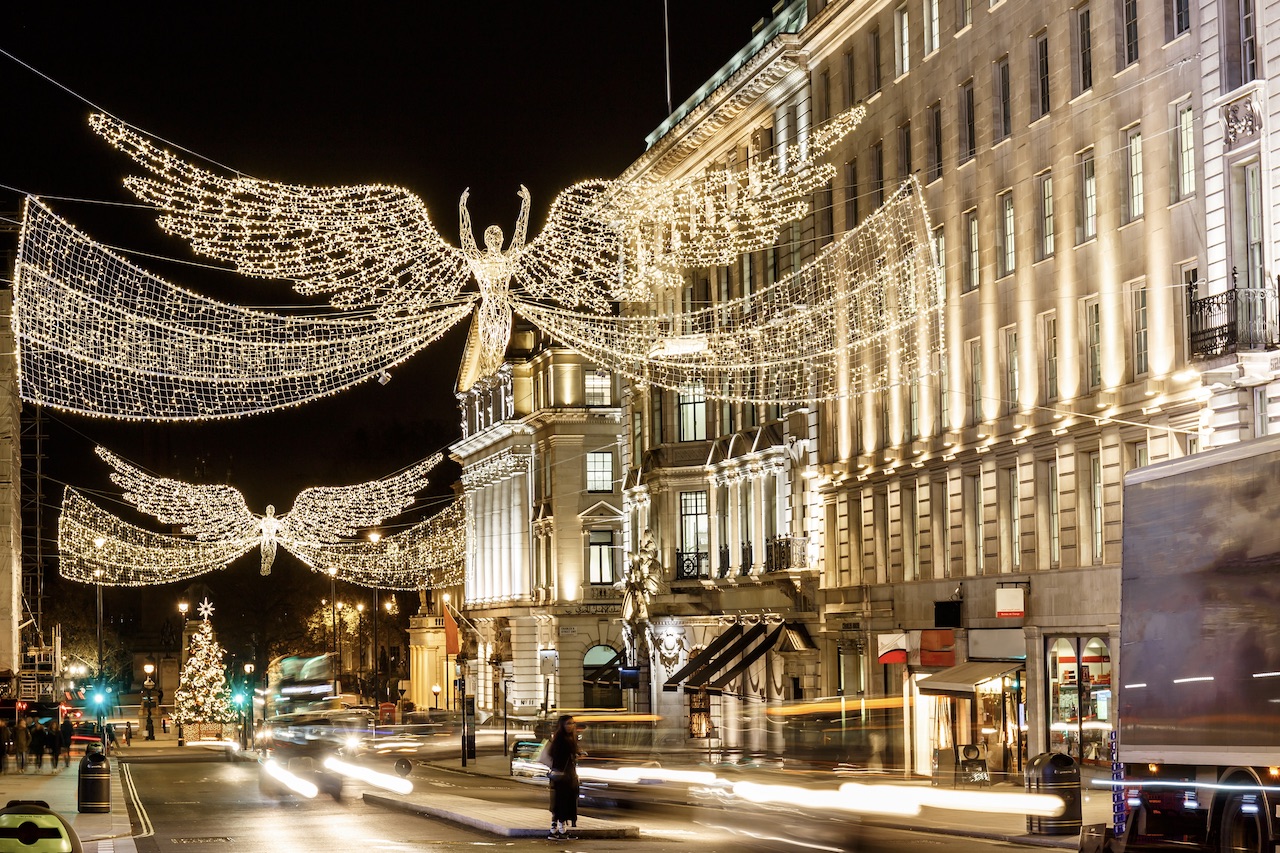
5. Get back to nature
There’s nowhere better to enjoy the crisp winter air than at one of London’s famous green spaces. Avid bird-watchers will love Regent’s Park, which is frequented by winged winter visitors including the Mistle Thrush and the Pied Wagtail. The park is also home to the ZSL London Zoo, which is open all year round except on Christmas Day. Here, you can get up close and personal with over 700 animal species, from llamas to lemurs. To admire some winter greenery, make a trip to Kew Gardens in south-west London, which features one of Europe’s most comprehensive holly collections and a diverse range of conifers. Or for views of a different kind, take a stroll through verdant Hampstead Heath, where you can drink in magnificent vistas of the London skyline from atop Parliament Hill.
6. Take an invigorating dip
Up for a bracing winter swim? London Fields Lido in Hackney is open 365 days a year and features an Olympic-size outdoor pool that’s heated to a comfortable 25 degrees Celsius. Alternatively, intrepid travellers can consider cold water swimming, which purportedly improves your circulation and boosts your metabolism. Take the plunge at Hampstead Heath’s natural swimming spots – the Kenwood Ladies’ Bathing Pond, the Highgate Men’s Pond and the Hampstead Mixed Bathing Pond – which remain open throughout winter. Just remember to read the safety guidelines and bring your wetsuit!
The post How to enjoy winter in London… outdoors appeared first on SilverKris.
from SilverKris

